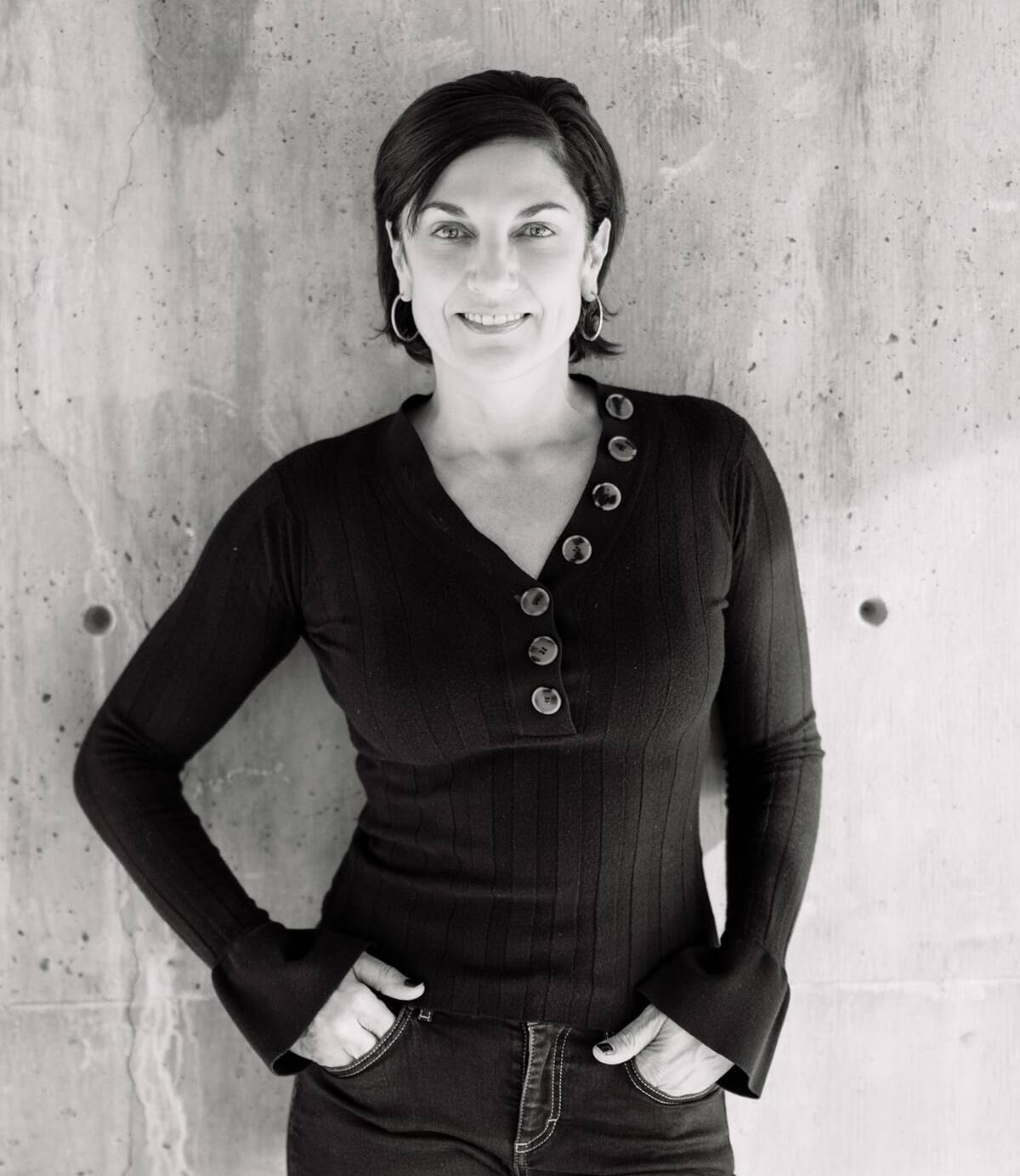
Bettina Bryant, owner of the iconic Napa Valley Bryant Estate
Bryant Estate is one of the original Napa Valley icons. Along with Screaming Eagle and Harlan, Bryant’s wines became revered by collectors and connoisseurs as Napa’s fame as a fine wine region spread worldwide in the 1990s. When Don Bryant, the estate’s pioneering founder, stepped aside his wife Bettina took over the reins. A former professional ballet dancer and art historian, Bettina is creating a new future for this legendary estate whose wines are available only to a fortunate few on a private list, weaving in a deep association with art and biodynamic culture. Here, Bettina Bryant and her winemaker KK Carothers speak with LUX Editor in Chief Darius Sanai while tasting a back catalogue of some of the revered Bryant wines
LUX: You are a team that works together and travels together. Bettina and KK, how did you meet and how did the chemistry develop?
Bettina Bryant: I am so grateful to have had the length of time that I’ve had to work with KK. She arrived in 2012 as a harvest intern, and was with us for four years, progressing from harvest intern to oenologist then assistant winemaker.
It was beautiful to watch her evolution, her quiet intelligence and thoughtfulness working with the wines. In 2016, she departed for a new opportunity. It was a sad day for both of us, but we both knew it was an important step in her growth. She went to work with a remarkable estate called ADAMVS, and gained a lot of wonderful knowledge around biodynamic viticulture.
When the opportunity arose to draw her back in as winemaker at Bryant, it was an effortless decision. KK and I have a transparent and honest communication, and she is always completely prepared. We are very aligned. It has been exciting to apply our awareness around where we want to evolve the estate, from both an ecological and artistic standpoint.

Bettina Bryant welcomes us into the estate
KK: I felt just right about coming back to Bryant after leaving for a couple of years because Bettina is an incredible leader. Just as I was coming up the stairs here, I asked Joe, with whom we work, “What’s one nice thing about Bettina?” and he responded, “she’s so generous”. And it’s true: generous with her time.
Bettina is very empowering. She believes in people. I’m perpetually inspired by her open mindedness and setting bigger goals for everybody here. She really brings out the best in everybody.
Read more: Maryam Eisler interviews Pamela Willoughby
LUX: Bryant is not just about wine; there’s a whole global cultural sphere here.
BB: I just wanted to reference briefly, again, that wonderful Rick Rubin quote about the creative act, that ‘it is not about your specific output, it is about your relationship to the world’.
Darius, I believe this quote refers to your suggestion that Bryant is contextualized within a global sphere. My big revelation, having been a performing artist, interacting with an audience, traveling extensively and progressing through life, is recognizing how truly interconnected we are.
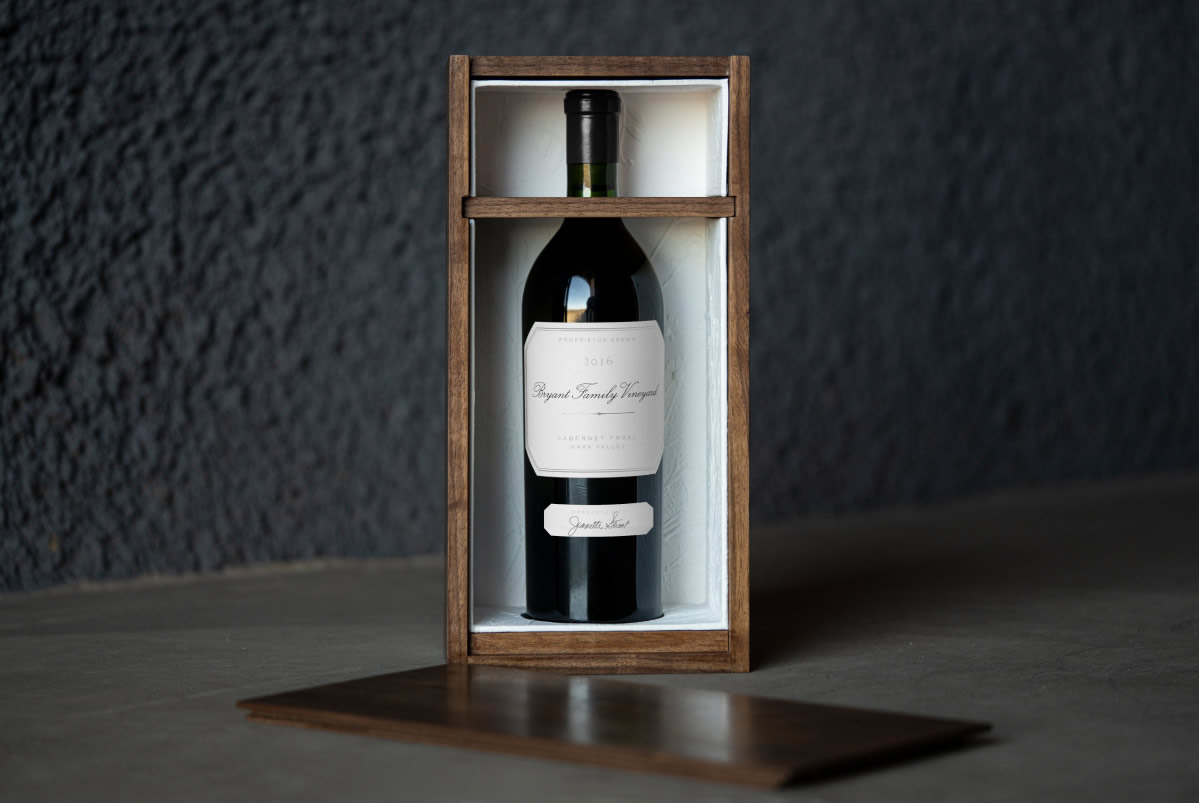
The 2016 Bryant Family Vineyard
My arrival at the estate in 2007 was a profound experience. Arriving at the property, whose wines I had tasted only sparingly, drove home just how majestic this site is. The vineyard has the shape of an amphitheater, one with a direct view over Lake Hennessey. We literally have a platform, and it is important that what we say and do is of the highest integrity.
This revelation made me analyze every aspect of what we do, from tending the vineyard, enhancing the team culture, to packaging – the thoughtfulness behind that and the responsibility of how we communicate with our audience. This has been one of the biggest honours of my life, and I take it very, very seriously.
Read more: The Future of Philanthropy with UBS
LUX: Your wines and your art collaborations seem quite holistic – all part of one ecosystem.
BB: For me art and wine are inextricable. For the label project, it is a very personal expression but absolutely inspired by the artists I work with. People may not realize the number of hours that I spend thinking about a label. The design is deeply considered, and great attention is made to what is actually being communicated. For the 2021 Bettina collaboration with the artist Elliott Puckette, each label was letter pressed and hand applied.
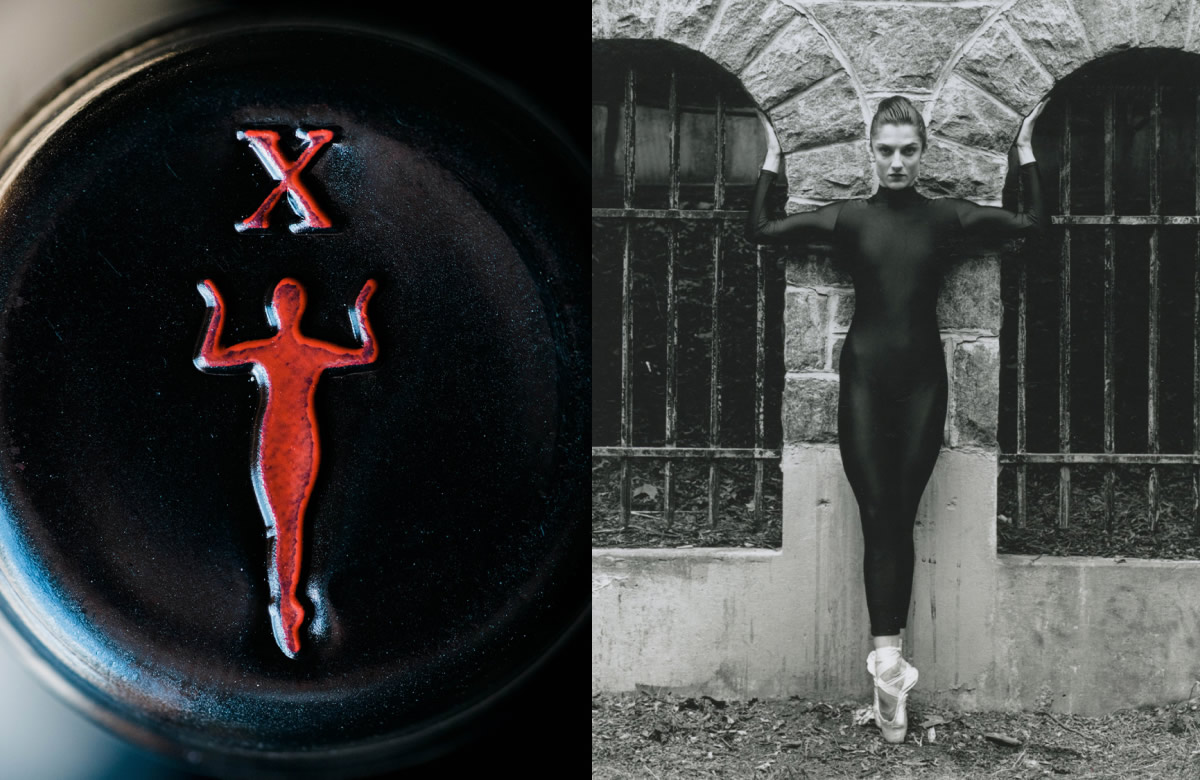
The interlinked relationship between art and wine on the estate
LUX: Let’s move on to the tasting. Why did you choose these specific wines?
BB: I wanted to select something from the first decade, the 90s, which was a very historic decade for Napa Valley. There were maybe 50 or 60 wineries in existence in the Valley. Today we are 10-times this. My husband Don arrived in the late 80s, and very serendipitously acquired the first parcel on Pritchard Hill, but not with the intention to farm.
He then acquired the 13.2-acre vineyard parcel, which I understand now was highly coveted by one of our neighbors. Don had a great intuition and worked at a very rapid pace. The first vintage of Bryant was 1992. Helen Turley was the winemaker with us for a decade, and the ‘96 vintage sits squarely in the middle of her time. I think this is an absolutely exquisite wine.
It has a quiet elegance when compared to the ’97. The ‘97 was the wine that really put us on the map when Robert Parker awarded it 100 points (the ‘96 was a 99-point wine in a moment when many wine professionals feel scores actually meant something). I don’t pull these wines out very often.
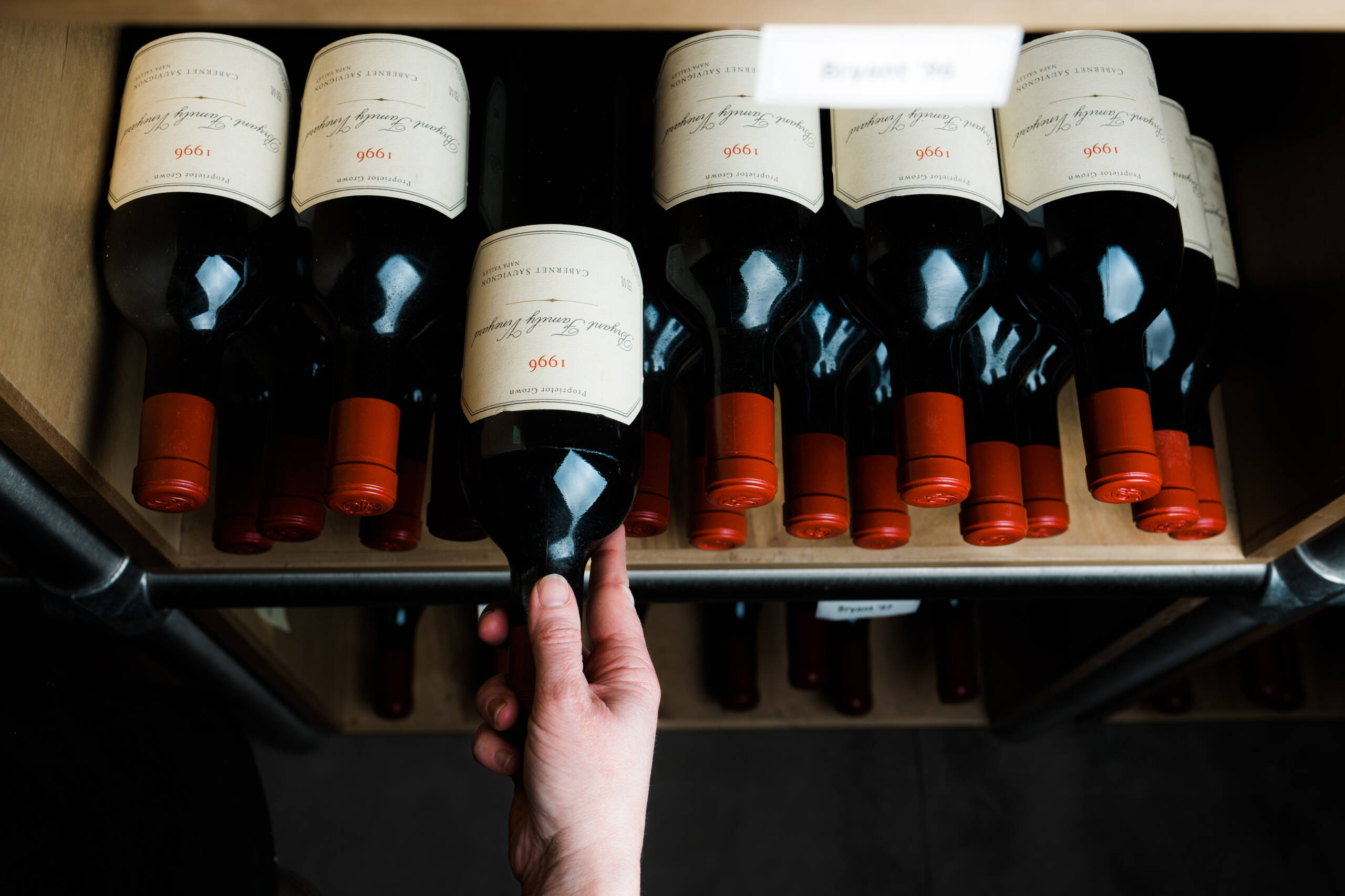
‘The ‘96 was a 99-point wine in a moment when many wine professionals feel scores actually meant something’ – Bettina Bryant
LUX: We are now tasting a wine which is 28 years old. When your wine ages, how does it change? Does it transform? Does it develop gently?
BB: I think this wine is a testament to Napa Valley. This was followed by a decade in the early 2000s when a lot of producers were really pushing high octane wines. Bryant has generally maintained a more restrained approach. I feel this is just a gorgeous example of a Napa wine that has finesse and elegance on par with Europe.
KK: I agree. You open up the bottle, pull out the cork, and the ’96 is so expressive. It still has a youthful edge to it, but is also elegant and seamless and complex. It is a precious bottle, we don’t get to try it often, but it is a testament to this vineyard and what was happening in that era with the legendary Helen Turley.
Read more: An Interview with Marian Goodman Gallery
LUX: Napa has been making wines for a shorter time than Bordeaux. Is this a longevity legend in the making? In 50- or 100-years’ time, will people find a bottle of this and open it like a 1945 Mouton-Rothschild?
BB: I would like to think so.
KK: Yes, based on the way the line is tracking now. It’s got decades and decades to go, and even the younger vintages are trending that way.
LUX: We are now trying the 2006. Did the Bryant Estate ever go down the route of making super-powerful wines?

The art of winemaking at the Bryant Estate
BB: 2006 is considered a vintage that tested growers and winemakers. Heavy winter rains led to some summer flooding, but Spring and Summer were warm with good fruit set. There are a few Bryant wines that probably exude a bit of that thinking, but I feel that we tend to be more restrained than others in our peer group.
KK: The proof is in the pudding when trying this wine. It’s not at all concentrated or hot or elevated or overly muscular. It’s simply there. You can recognise that it is balanced.
Follow LUX on Instagram: @luxthemagazine
BB: I love the delicacy here. I think it has a really feminine quality, and yet the aromatics are so revealing. Persistent.
I just wish we had more bottles. Don considered success as selling out. So, it is a privilege to be able to taste this with you today. I arrived at the estate in 2007 when this wine was being evolved. I find this wine is in a really good place right now. I showed it last year at a charity dinner in Nashville, Tennessee, and it was the wine of the night.
KK: I get the sense that it has a lot of legs. The tannin is still prevalent and still quite structured. I can see this having a long life and continuing to deliver for decades.

‘There’s a wind that comes off the Pacific Ocean, through the Petaluma Gap in the afternoon, kind of skips off the lake and pulls down the diversity of soil resistance on the site’ – KK
LUX: What is the style of Bryant? What makes Bryant Estate, Bryant Estate?
KK: There are infinite factors that go into it. At its core, it’s about the site, good ground, and the way that it’s farmed. We’re above Lake Hennessey, which is unusual. It’s rare to be in Napa and have a maritime influence. There’s a wind that comes off the Pacific Ocean, through the Petaluma Gap in the afternoon, kind of skips off the lake and pulls down the diversity of soil resistance on the site.
Read more: Cristal evening with Louis Roederer’s Frédéric Rouzaud
LUX: People think of Napa as being hot in summer, but it’s a lot more complicated than that with the ocean fog and breezes.
BB: We are above the fog line. We get fog in the morning, which arrives overnight to keep temperatures cooler. It’s a Mediterranean climate, not a continental climate, so that’s important for retaining acidity in the grapes. Otherwise, the grapes can lose that precious acid, which you can’t really get back if degraded because of too much heat, especially at nighttime. We do have this diurnal shift where it can be 20, 30,40, degree changes in the temperature from nighttime to the morning. Yes, there are certainly many climatic factors, soil types, and differences throughout Napa that make each place very unique.
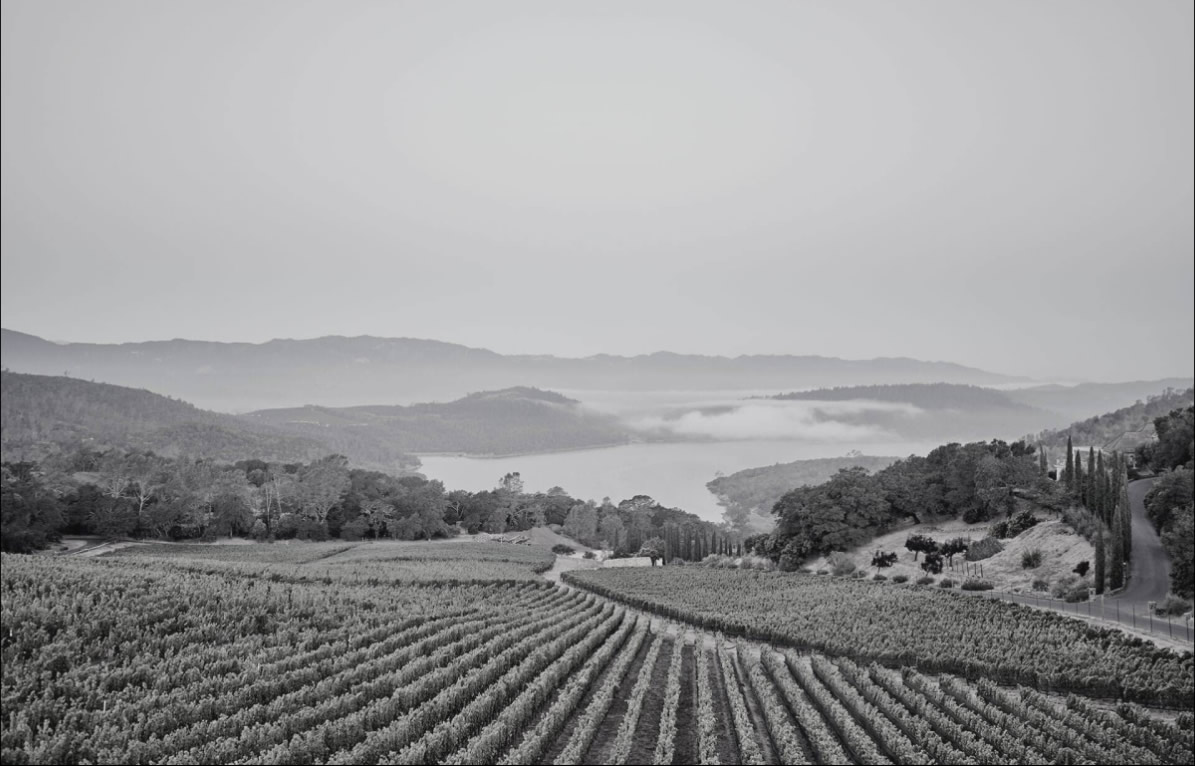
The landscape of the Bryant Estate property
LUX: Do you have a benchmark?
BB: Well, for Don, the benchmark was 1982 Chateau Latour. For him, that was a definitive wine.
LUX: And all the grapes for your flagship wine are picked from one site?
BB: Yes, this was something that Don identified early on. He was studying Robert Parker reviews, and he realized that Bryant was the only wine in that particular echelon that was 100% Cabernet Sauvignon from one site. So, I do think that is a differentiating factor in why this wine is quite distinctive.
The site is very undulating, but this wine has always been 100% Cabernet Sauvignon. To achieve this requires a lot of attention. You can’t just offset an edge by adding a little bit of Merlot or create a little bit of lift with some Petit Verdot. This is pure Cabernet Sauvignon. The fact that the site is so undulating really shapes the dynamic aspect of this wine.

The palate of the Bryant Estate Carbernet Sauvignon: layers of vibrant cassis, black cherry, and black currant interplay with savoury infusions of graphite, sage, tapenade, and tobacco
LUX: Your production, by the standards of the celebrated Bordeaux estates, is small. You could sell everything you make many times over. Do you want your stories to resonate with a broader world of wine connoisseurs?
BB: Entering this space as an art historian – one very focused on artist stories and craft – explains how I have approached Bryant and the opportunity to preserve the story. Extended from this, I have been developing an import entity whose intent is to shed light on other producers whose values resonate with what we are doing at Bryant. There are so many important stories that deserve to be preserved. Are these producers in the right relationship to the land, to the craft?
LUX: Let’s move on to the third decade of the Bryant estate – the 2018 vintage. KK, you made this wine. Is speaking about wine like speaking about a child?
KK: Yes, in a lot of ways it is like a child. I love doing it. It’s not easy. I feel we must dispel this notion that it’s so romantic. It’s a lot of work, effort, thought, and movement. Winemaking is not an easy endeavor.
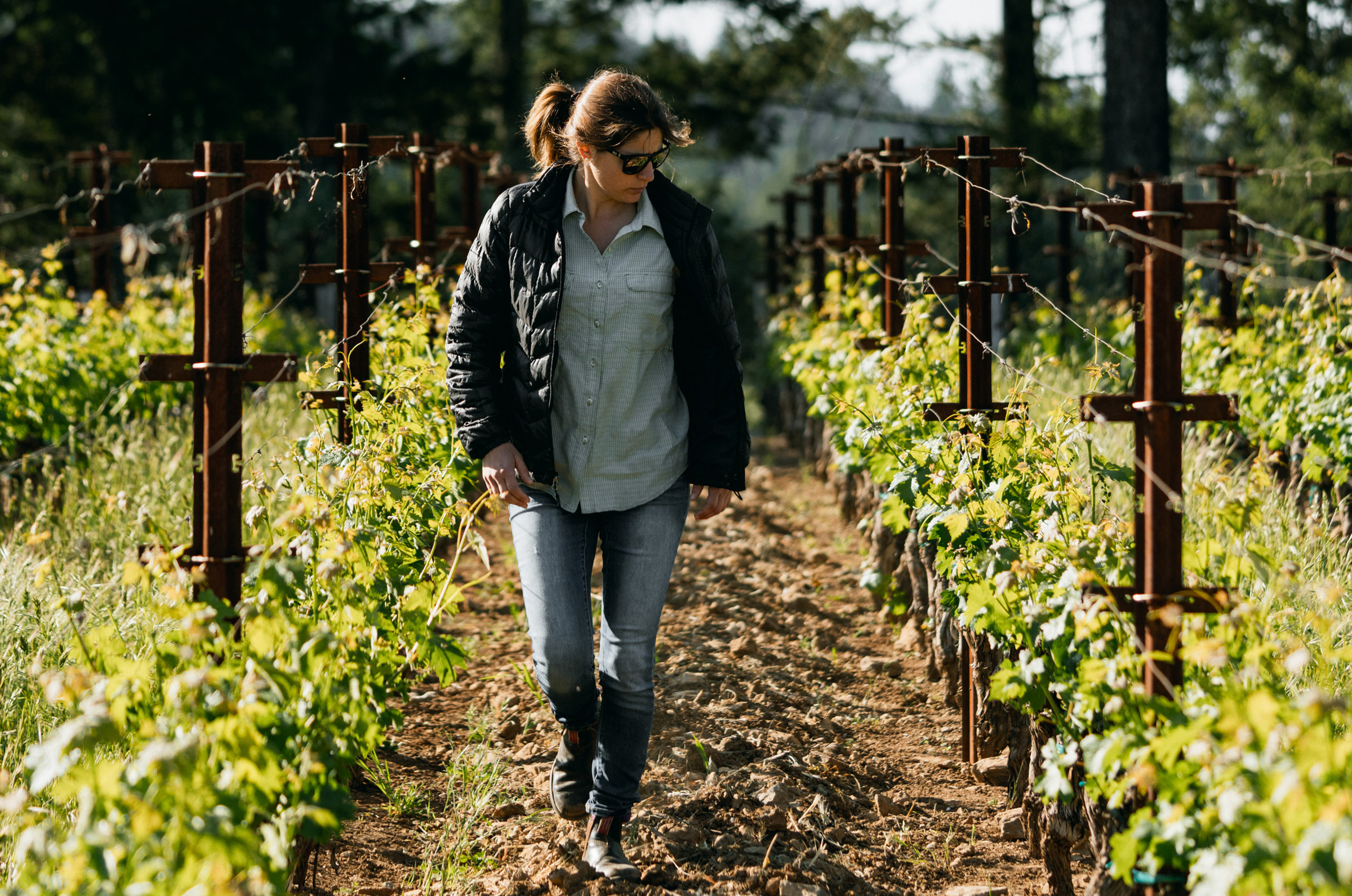
Winemaking is ‘really about being in tune with nature’
When I arrived back in 2018, it was a great harvest. It’s been a while since I’ve tried the ‘18. It’s really enjoyable to have this opportunity to taste it, especially in this lineup. I find there is a mineral freshness to this wine, accompanied by a fresh fruit profile with integrated, even, and coating tannins. In 2018, we picked the vineyard over 60 different times, and fermented in an assortment of vessels – barrels, puncheons, concrete and stainless tanks – and aged the wine in 225 L, 300 L, and 500 L oak formats. It’s really the epitome of us being in tune.
The interconnectedness of everything. We are in tune with every step, with every vine. It’s really just part of a full integration with life.
BB: I would also say it’s about being fully present.
KK: You can’t do this as a consultant or while not being present. When you’re here and walking and smelling and tasting and cleaning, washing barrels, you can tell: this one smells a little strange, I won’t keep this barrel for next year. The fact that we’re small and pay meticulous attention to detail is just part of that presence and being in tune and connected.
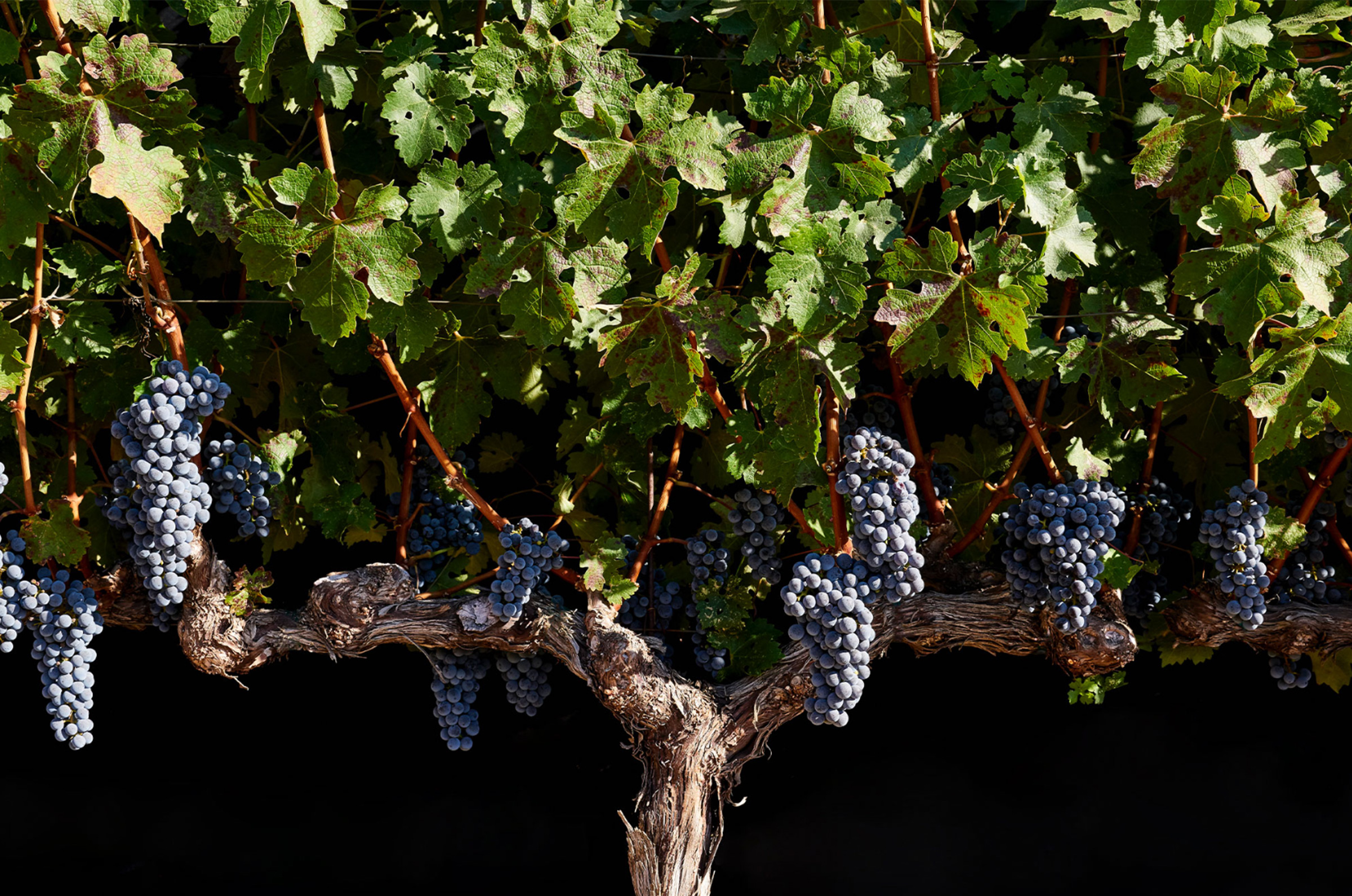
The season’s first growth in the Napa Valley
Getting back to art and winemaking: there is a scientific base. But the more I go along, it’s really about using your gut and intuition – just being in the moment and doing what you have to do, when you have to do it.
LUX: Why did you make the Bettina a blended wine?
BB: Don was aware that Bryant, within the echelon of cult Napa wines, stood apart as a single varietal wine. As previously mentioned, he was very passionate about 1982 Chateau Latour, and became interested in the idea of making a Bordeaux-inspired wine.
We were initially looking at potential vineyards for acquisition, but then received an offer in 2009 for some exceptional fruit. This coincided with the year that we were married.
Don surprised me by naming the wine after me. It was actually a wedding gift. There is so much beauty within that gesture, and it has been a wonderful exploration of how to coax these other varietals and create a wine that is complimentary to the estate wine.

The 2014 Bettina
KK: 2017 was a dramatic year: we were hit with the first fires midstream, and it was enormously challenging. We were about 80% picked at that point. But it was a very foreign experience. I think this vintage points to perseverance. Those who didn’t panic delivered exceptional wines.
LUX: How would you describe this wine to somebody who’s tasting it as a contrast to the flagship?
BB: It’s interesting. From the outset, people often refer to Bryant Family Vineyard as the more feminine wine in our canon, and the Bettina more masculine. The wine has a lot of presence. I think it’s a very voluptuous wine. It’s not shy.
KK: The inclusion of other varietals, Cab Franc, the Merlot, the Petit Verdot, in addition to the Cab and co-fermenting those in the tank so the skins of the one varietal are in contact with the juice of another, builds a certain complexity.

The composition of The Bettina Proprietary red wine
BB: Let’s move on to the ‘19 Bettina, which is a pivotal point in its evolutionary journey. In this vintage, we did a little bit of stem inclusion, just to give the wine a bit of floral character, as well as integrate a bit of the Bryant Family Vineyard cabernet. It was very symbolic, literally bringing this wine in house. This wine has a presence of mind that I think is really balanced.
LUX: Bettina, you are an art historian. There is a depth to your art collaborations for the labels.
BB: Art has always been an inextricable part of who I am. From an early age, I was immersed in looking at art. My parents were always bringing me to museums. I was introduced to music early on, and then I danced, eventually professionally. I always had an awareness of how intertwined things were, and view things through an artistic lens. The hand, the gesture in making the wine, was really evident to me, and I wanted to carry that forward into the external expression of the bottle and how it would be received.
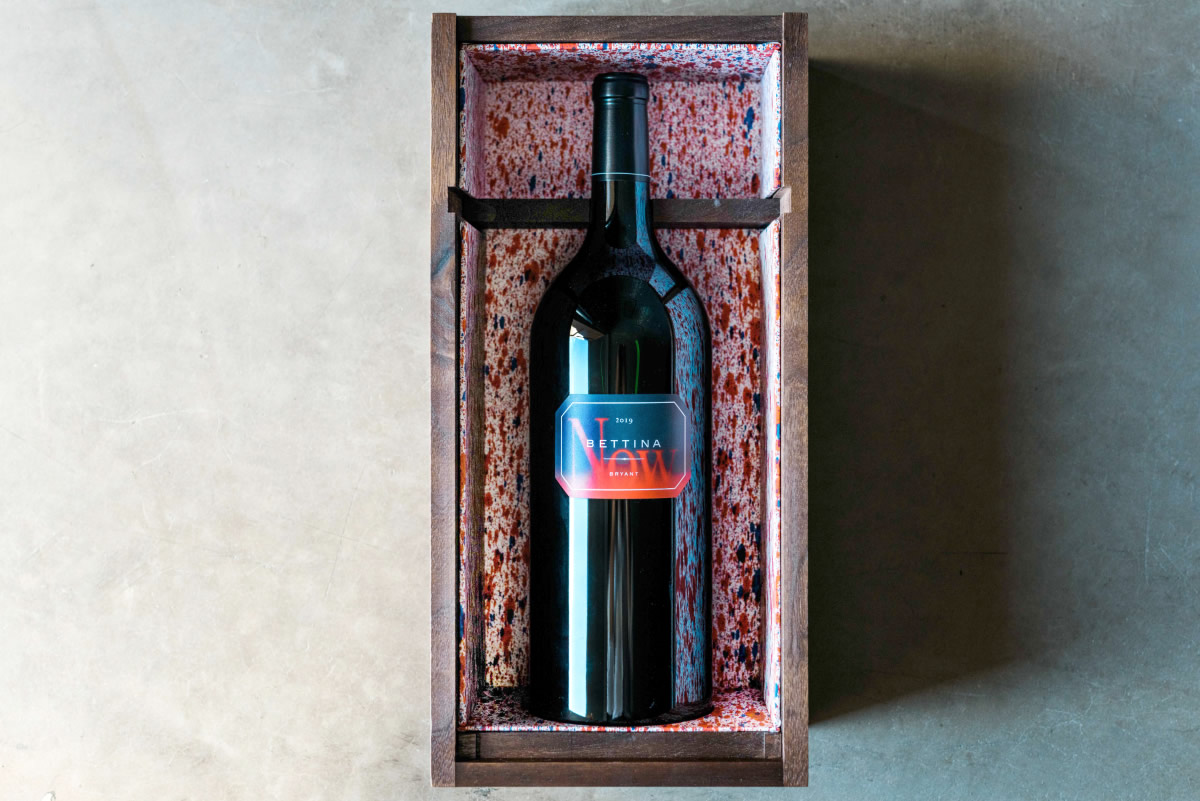
‘I love the idea of having this word on the table, and subliminally impacting the dinner conversation’ – Bettina Bryant
I understood that the Bettina wine was the sandbox where I could be playful, and inaugurated an artist series with the tenth vintage, the 2019. With the 2019 Bettina, I selected a really wonderful and well-known artist named Ed Ruscha, who does a lot of work with text-based images. He had gifted me a drawing featuring the word ‘NOW’ in connection with another project I was working on in New York. I love the idea of having this word on the table, and subliminally impacting the dinner conversation.
Read more: Mercedes-Benz AMG GT 63 review
LUX: You spend a lot of time with art, being with not just artists, but art itself. It’s a very important part of your life. How does that inform the Bettina wine, the estate, and your relationship with KK?
BB: I have had the wonderful opportunity to dabble in different modalities, whether it was dance or music, and I know how that elevates my daily life. There’s an amazing quote by Gerhard Richter in which he says, ‘art is the greatest form of hope’. I find that I’m an optimist by nature. I’m just always wanting to inspire, wanting to elevate, wanting to connect, to help with problem solving. When I left my dance career and headed into my academic career, I was working with a dance program in the public school system in New York. It was very moving to see young, often underprivileged, children be invited to dance for the first time. Movement became a very joyful experience. It illuminated for me that art has the ability to be a catalyst for positive change.

‘When Ed presented the abstract artwork that encases this bottle, he said it reminded him of falling grapes’ – Bettina Bryant
LUX: And finally, we have the 2021 Chardonnay.
BB: I always wished, whenever I would present wines at tastings and dinners, that we had our own white. KK and I decided to do an in-depth blind tasting of Chardonnays from around the world, and we landed on the same one at the conclusion of the tasting: a 2013 Chevalier-Montrachet. The fact that we were so aligned in our thinking and taste profile felt like a sign from the universe.
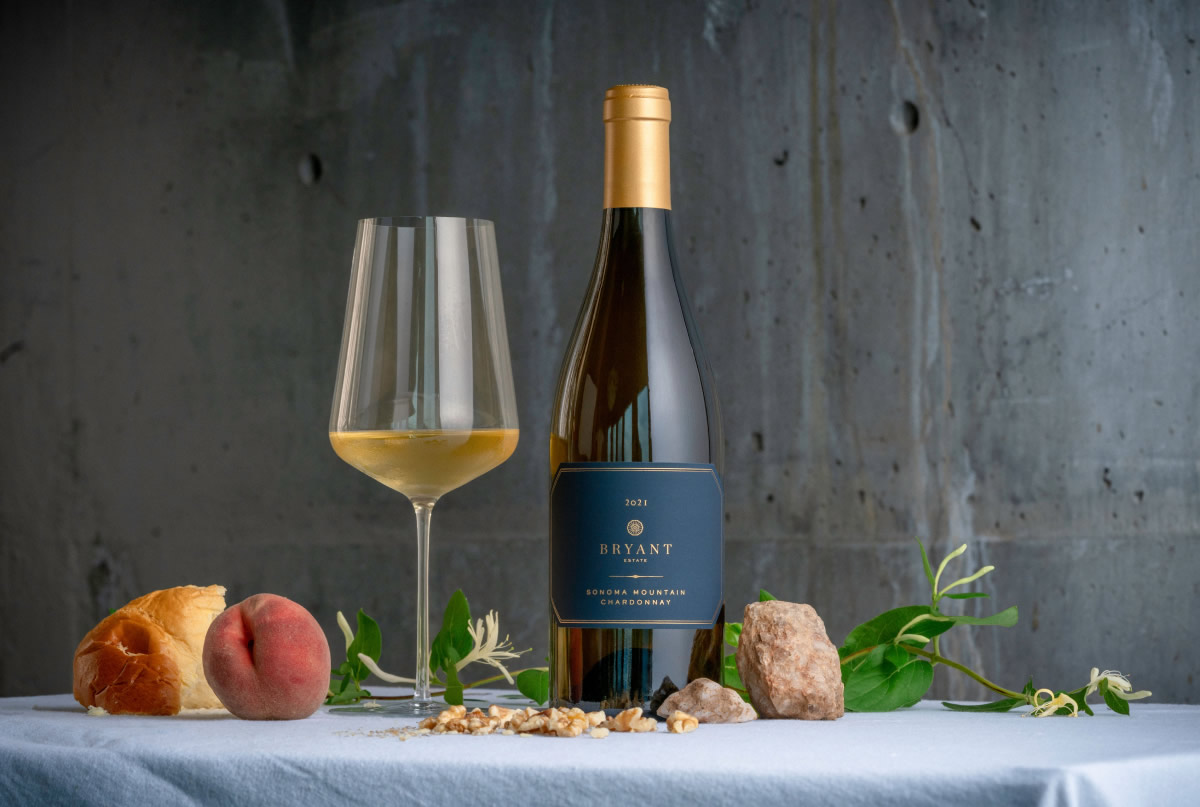
The 2021 Bryant Sonoma Mountain Chardonnay
KK: Bettina and I both love white burgundy. It has been a journey to find white wine around this area as it’s warm here and we don’t want to go so far to acquire white grapes. We believe in the importance of localism and not trying to drive six hours to pick up fruit, instead keeping it as close to Bryant as possible.
That required a lot of steps, a lot of walking vineyards and finding different sources for good ground. I homed in on Sonoma Mountain, which is just about an hour from here, near Glen Ellen, where Jack London settled. This vineyard is right on the north base of Sonoma Mountain, an extinct volcano and an area that was once covered by the Pacific Ocean.

The mountainous terrain of the Napa Valley
An AVA established in 1985, Sonoma Mountain is a relatively remote and rugged area speckled with Redwood trees, vast ranches and unpaved, one-way roads. The well-draining soils on the vineyard block are a combination of white tufa and basalt, often found on mountains and foothills (the names of the series are called Toomes, Guenoc, Goulding and Red Hill). Thanks to its orientation, the block receives a warming morning sun to dry out the dawn dew but is soon shaded from the higher heat of the afternoon sun, another important characteristic to growing white grapes in sunny California.
The wine is flinty and mineral driven, crisp and with length, and marked by effortless beauty. Upon this alignment of choice, we finally felt ready to create a Bryant Chardonnay.
bryant.estate
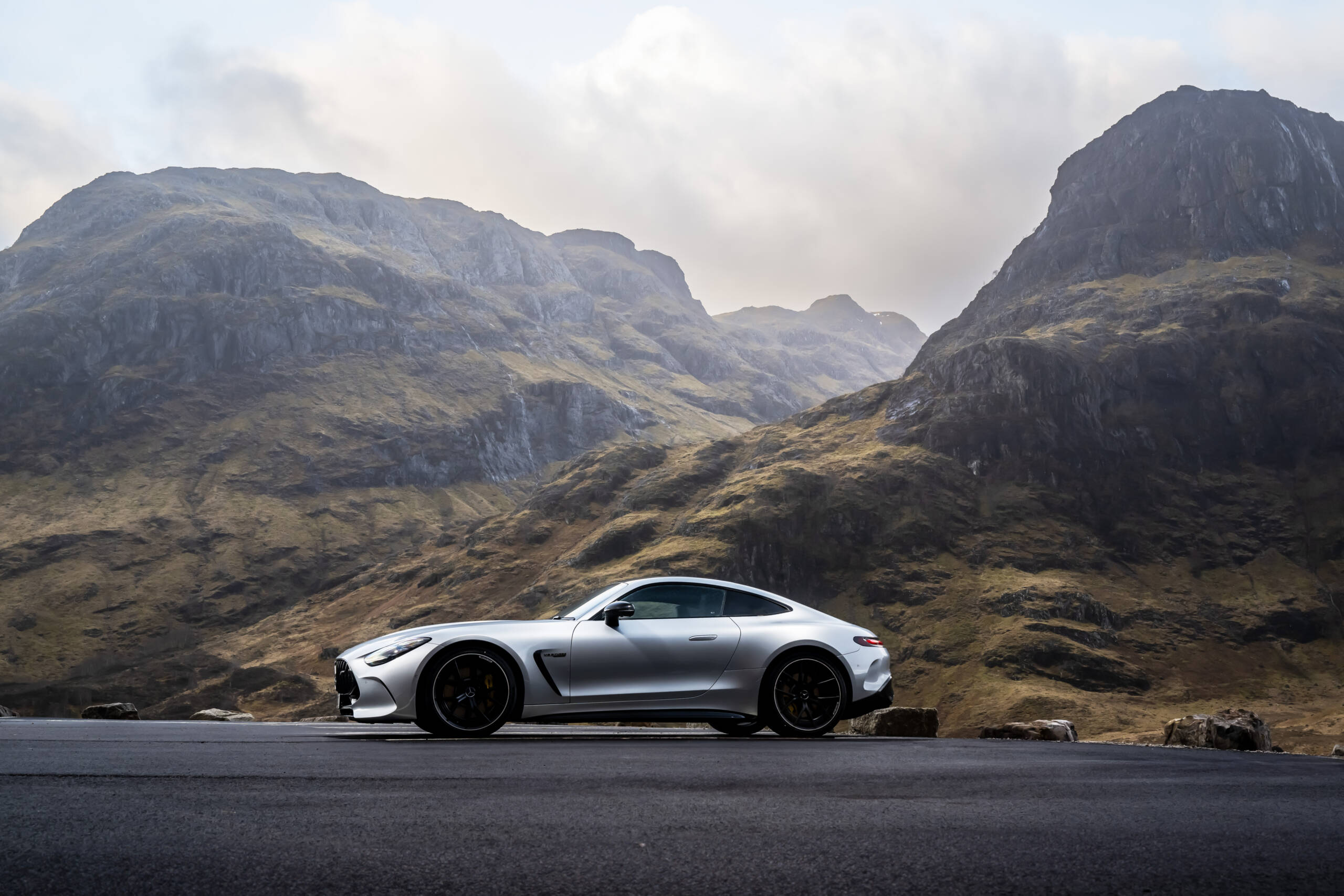
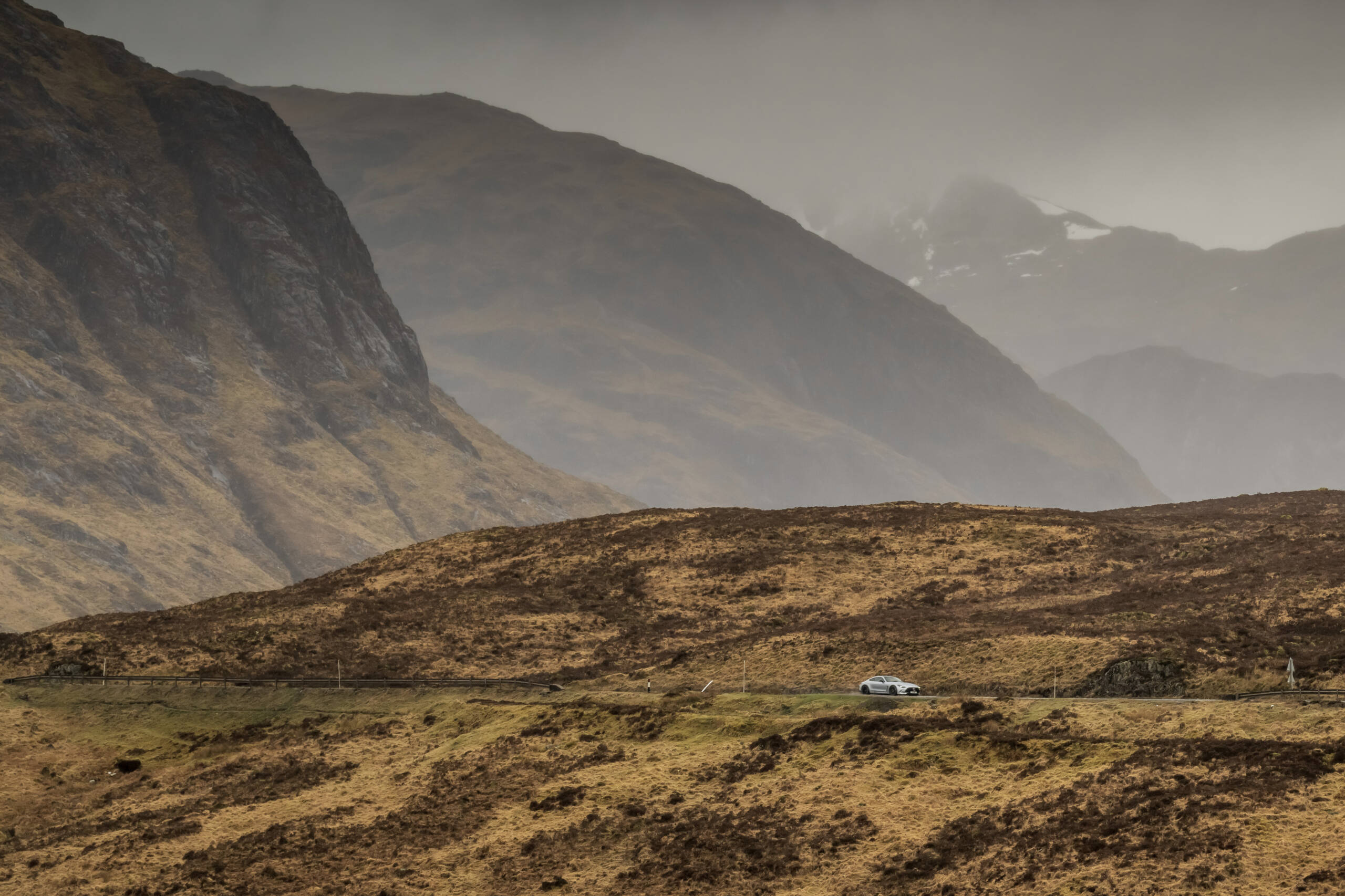



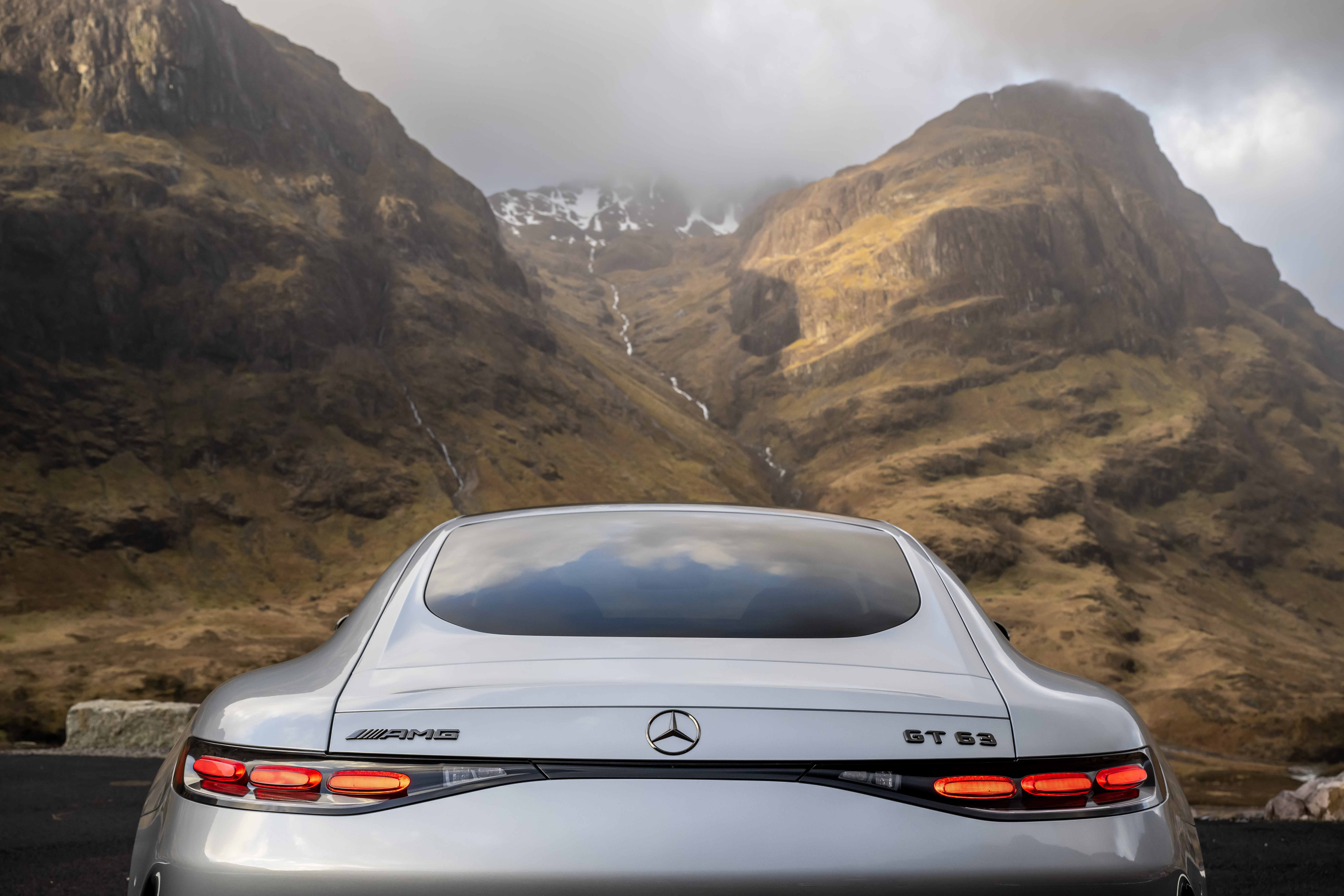



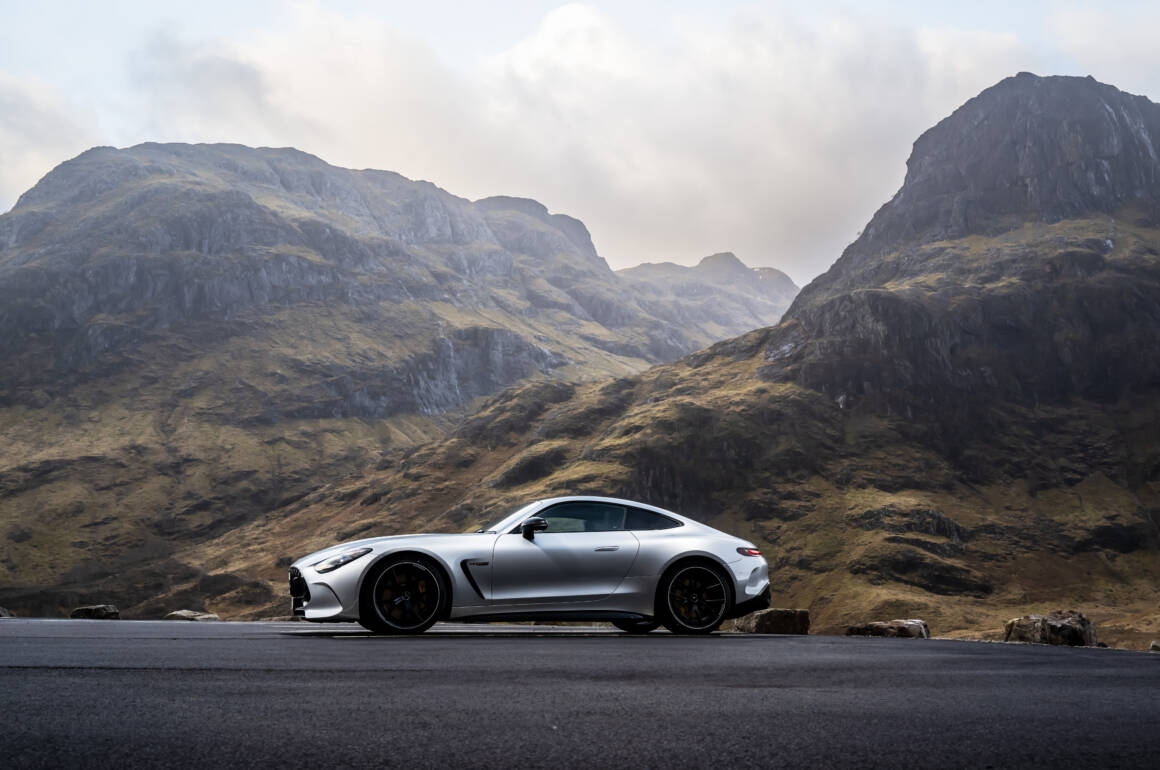
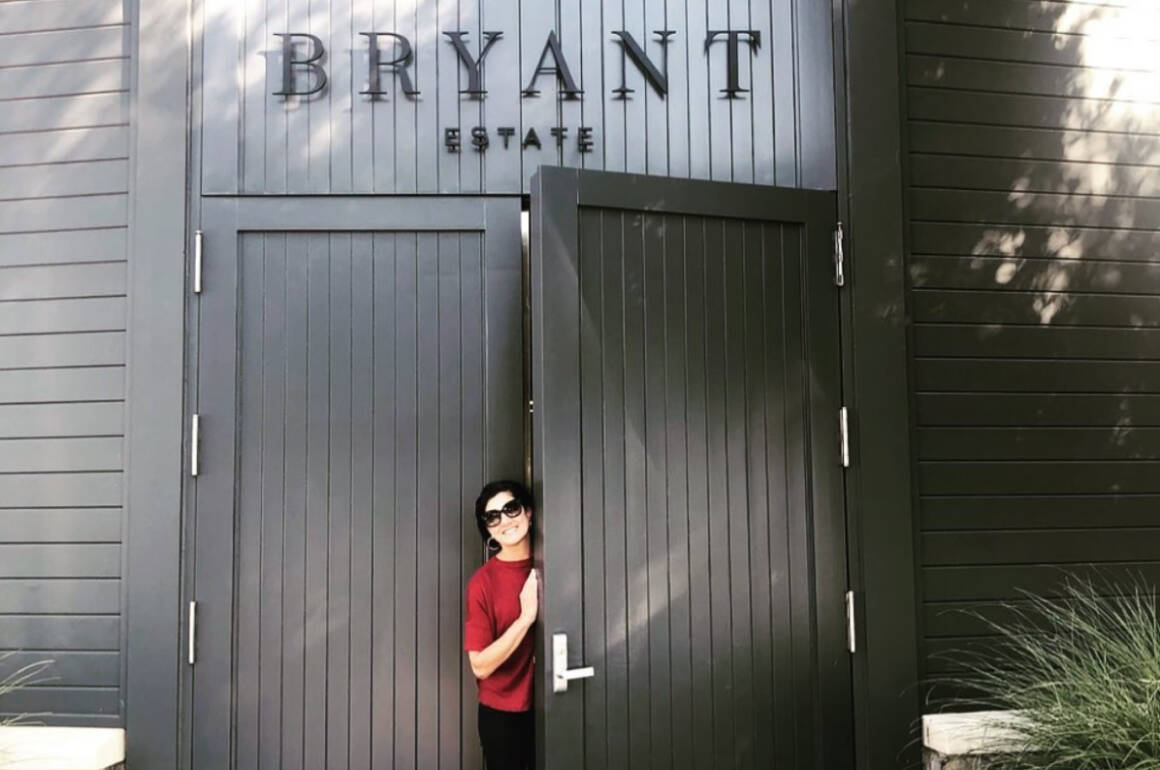

















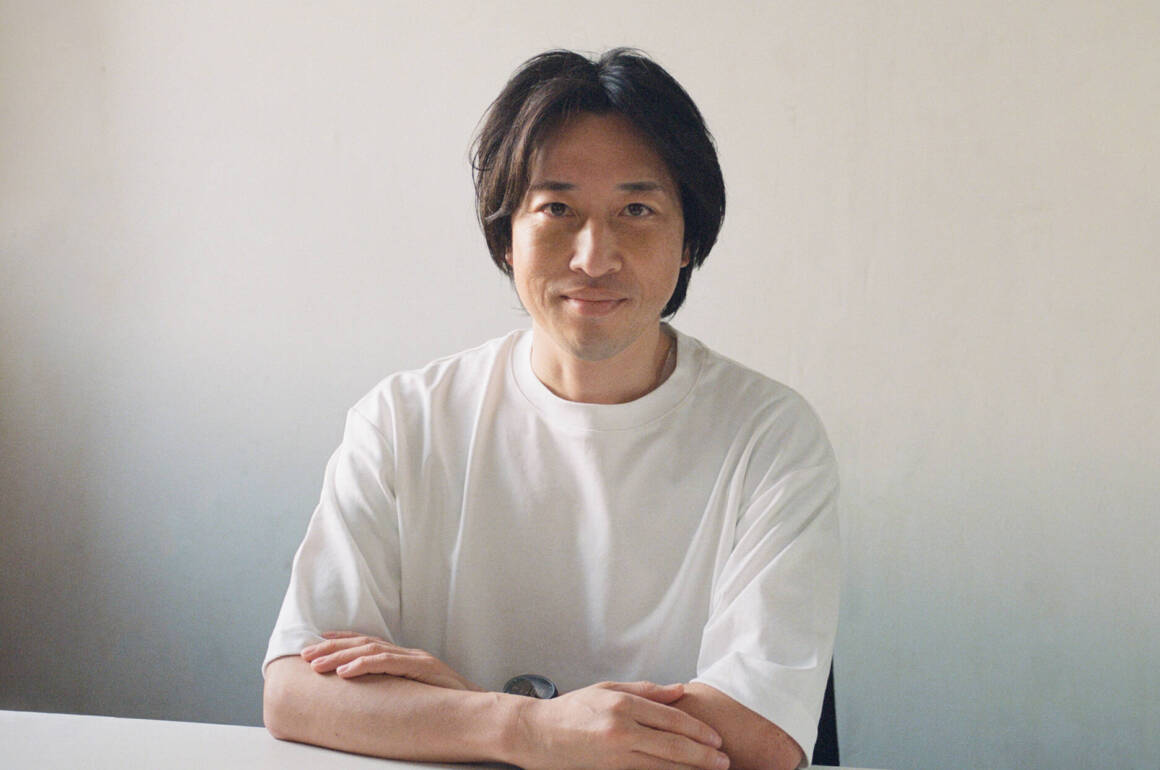
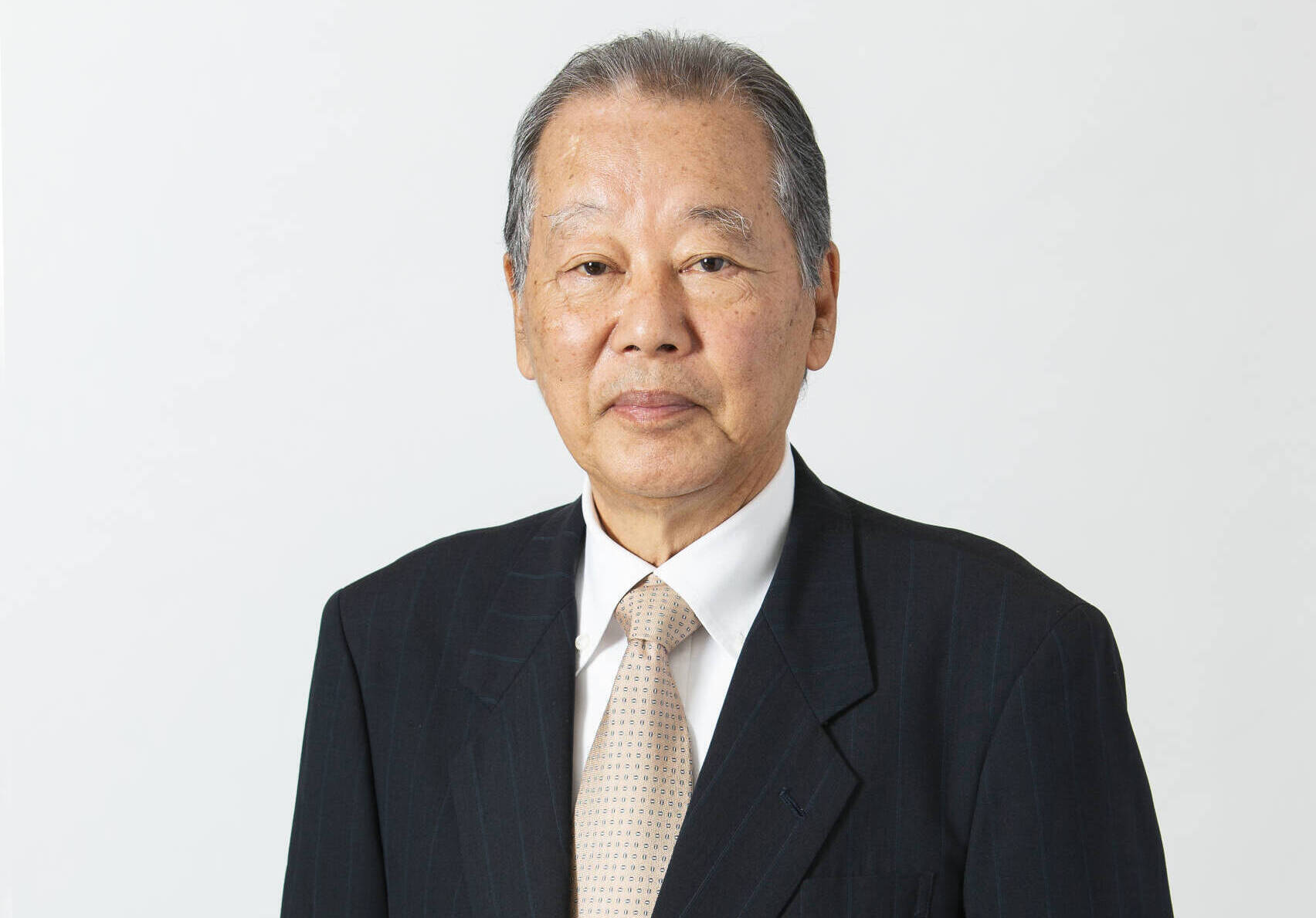
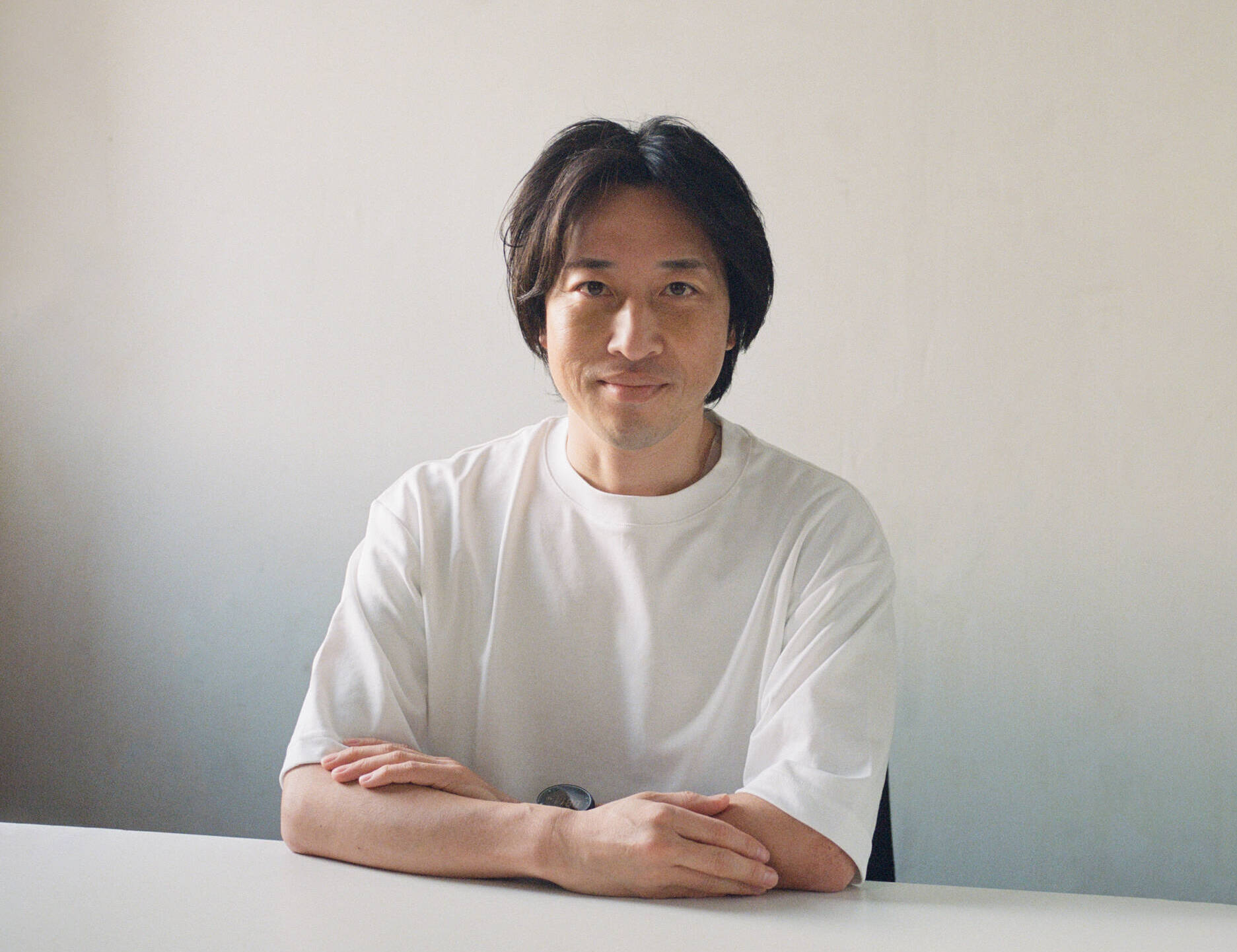
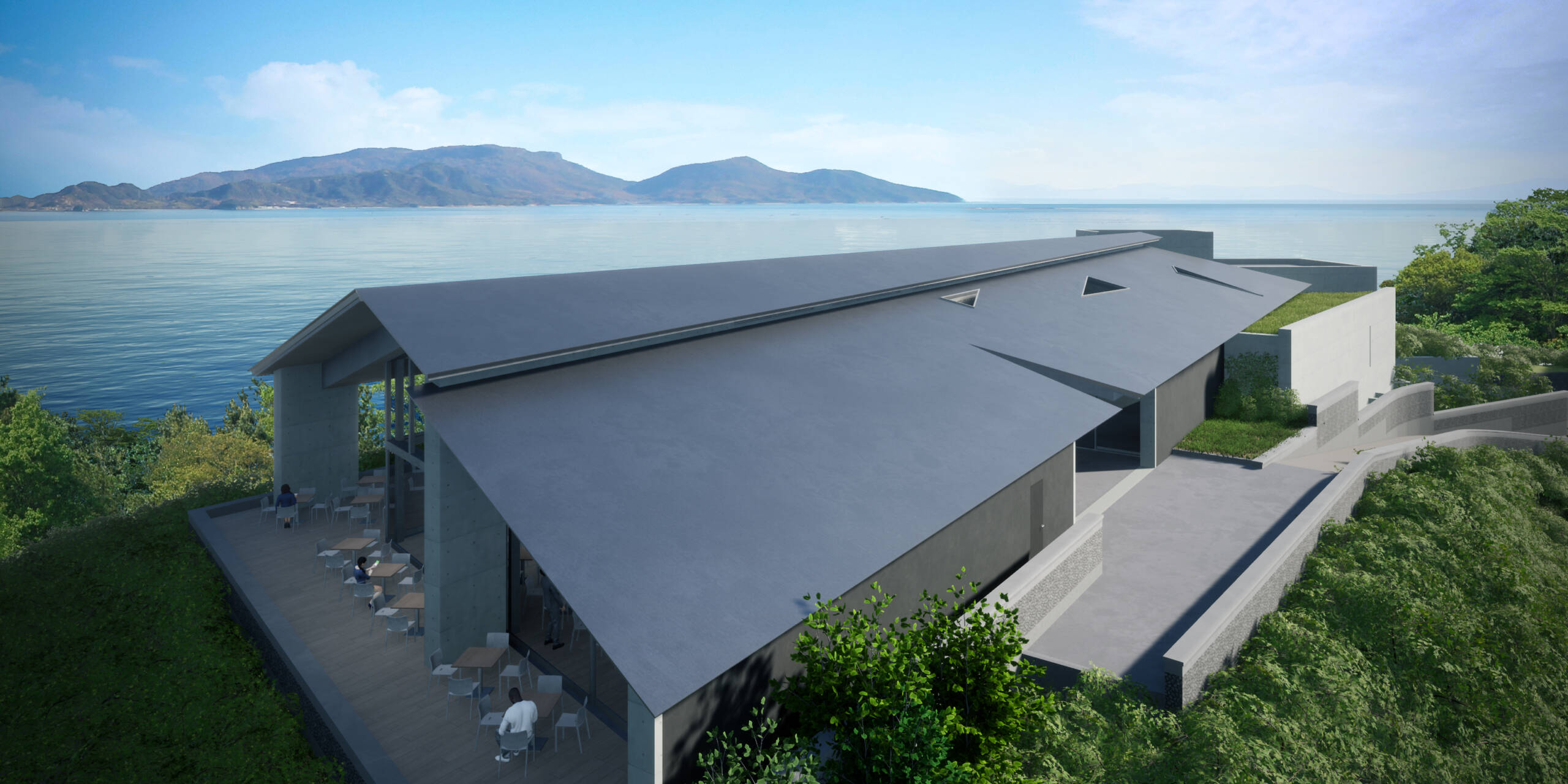
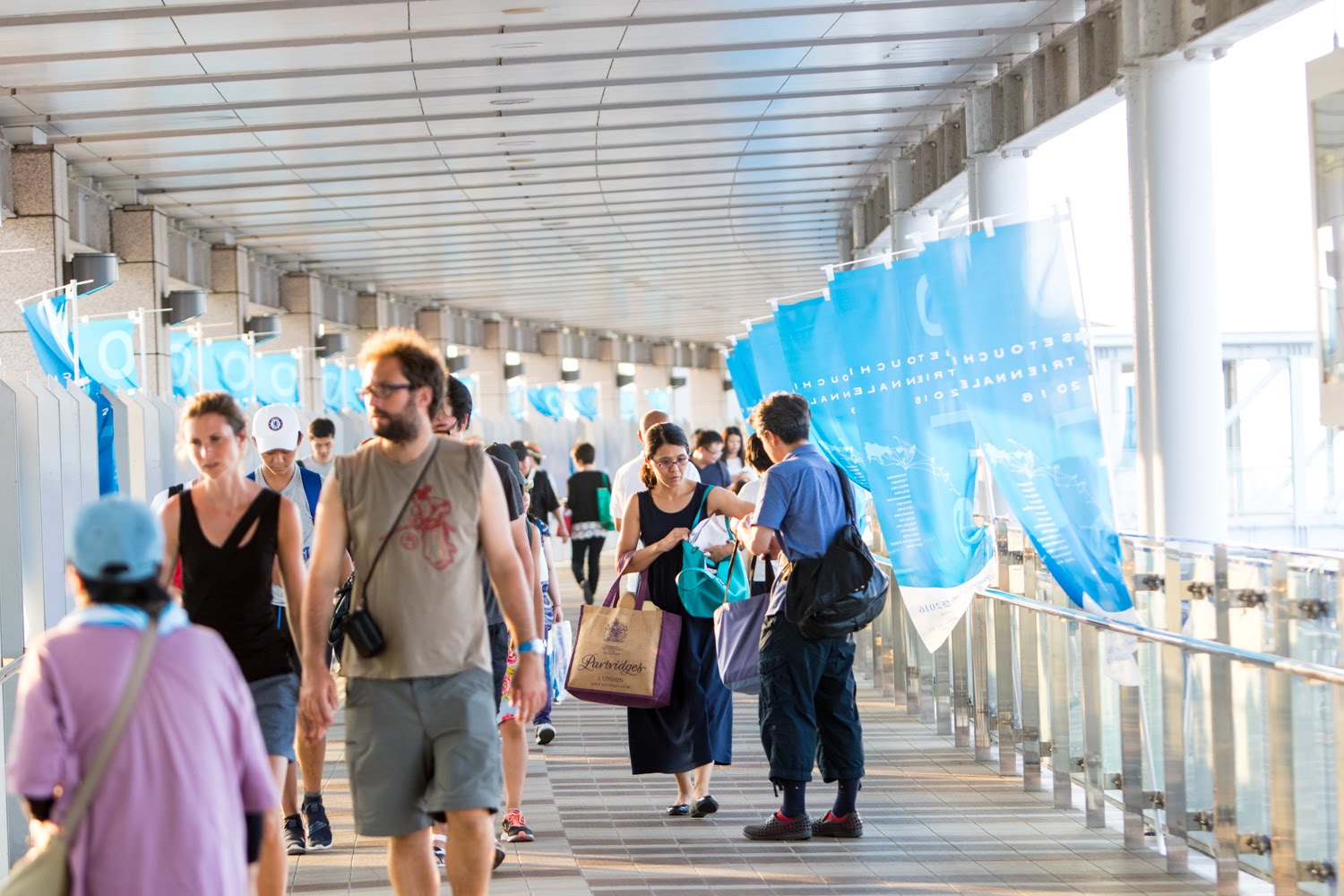
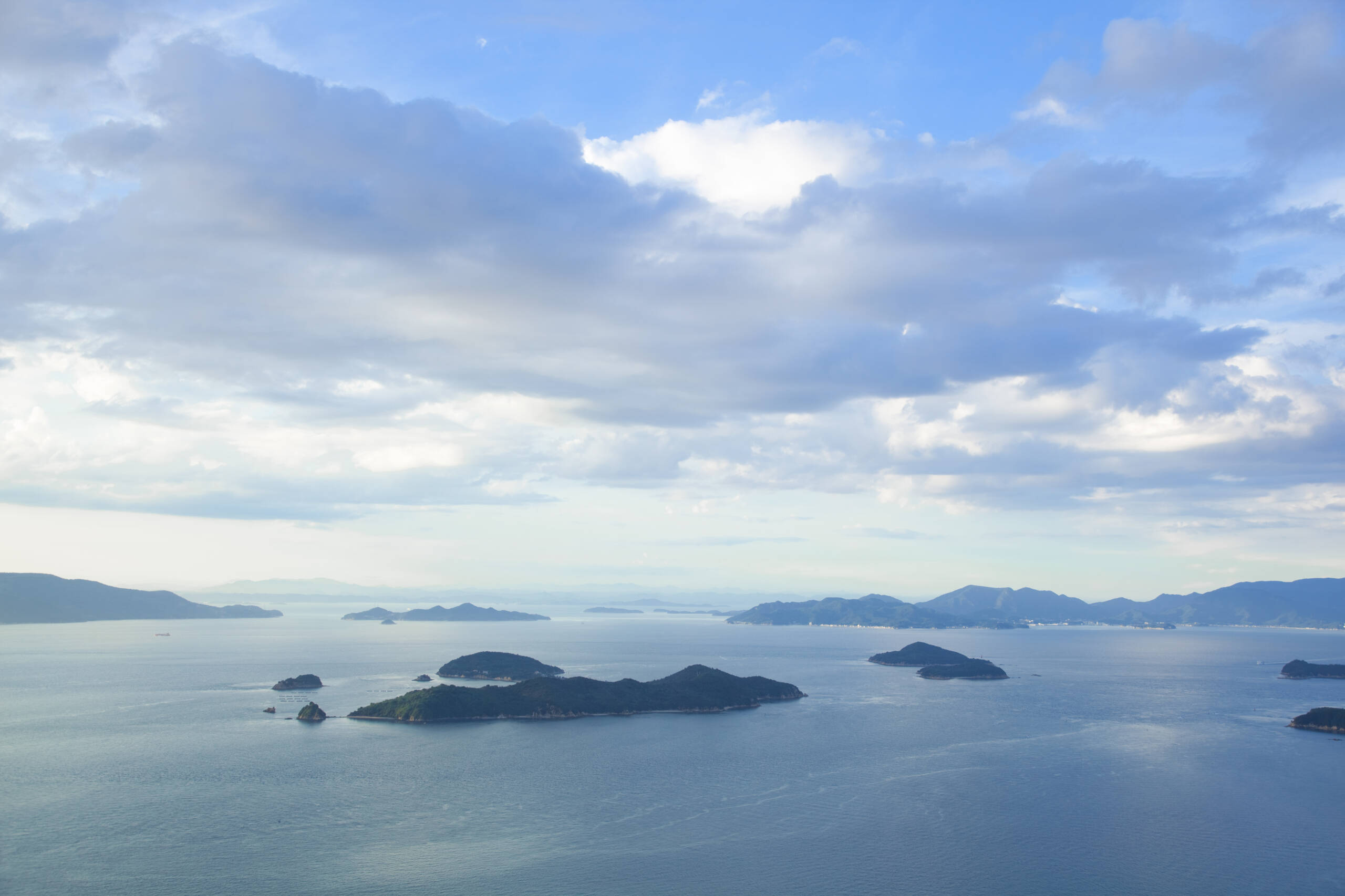


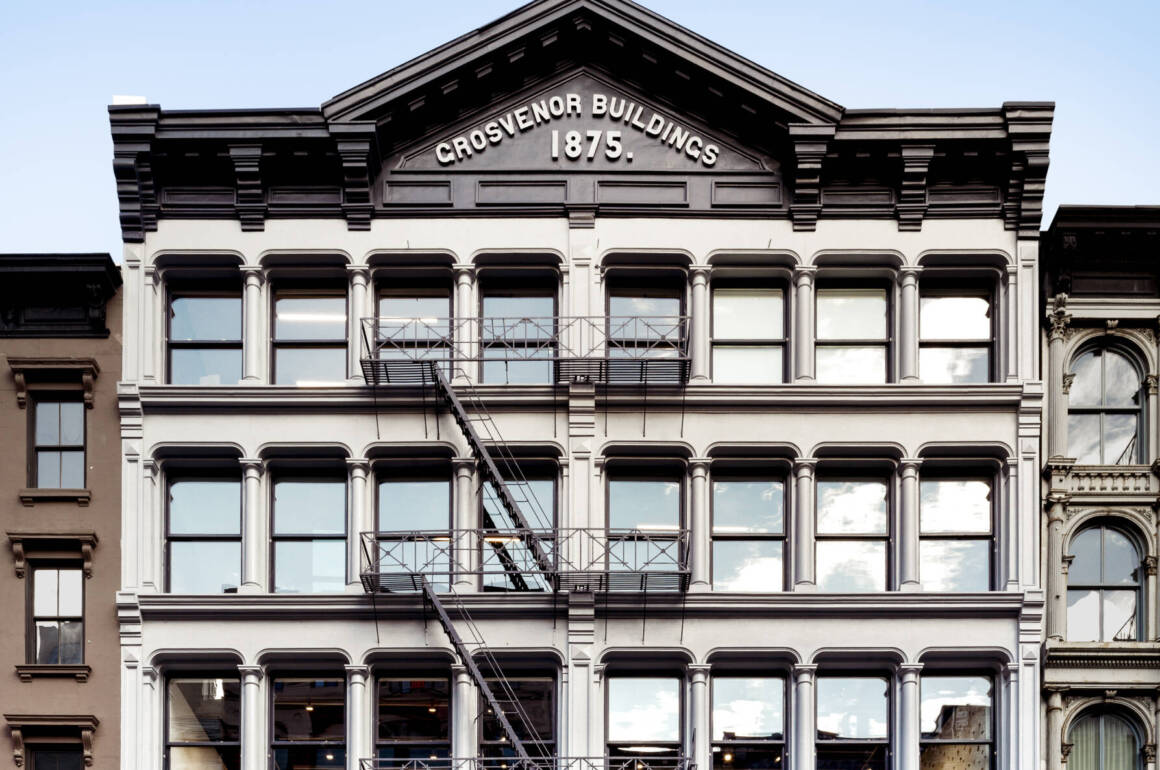


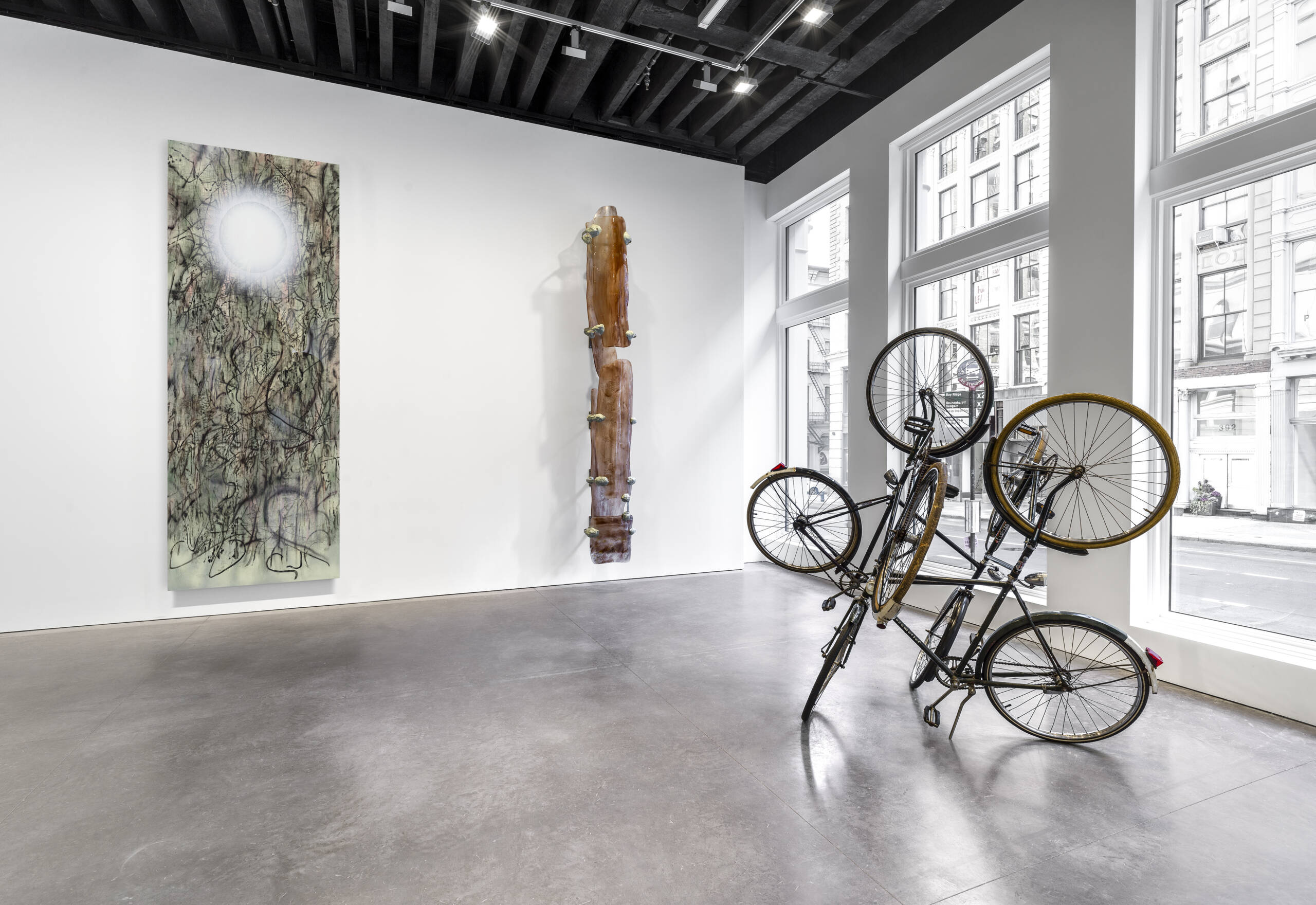
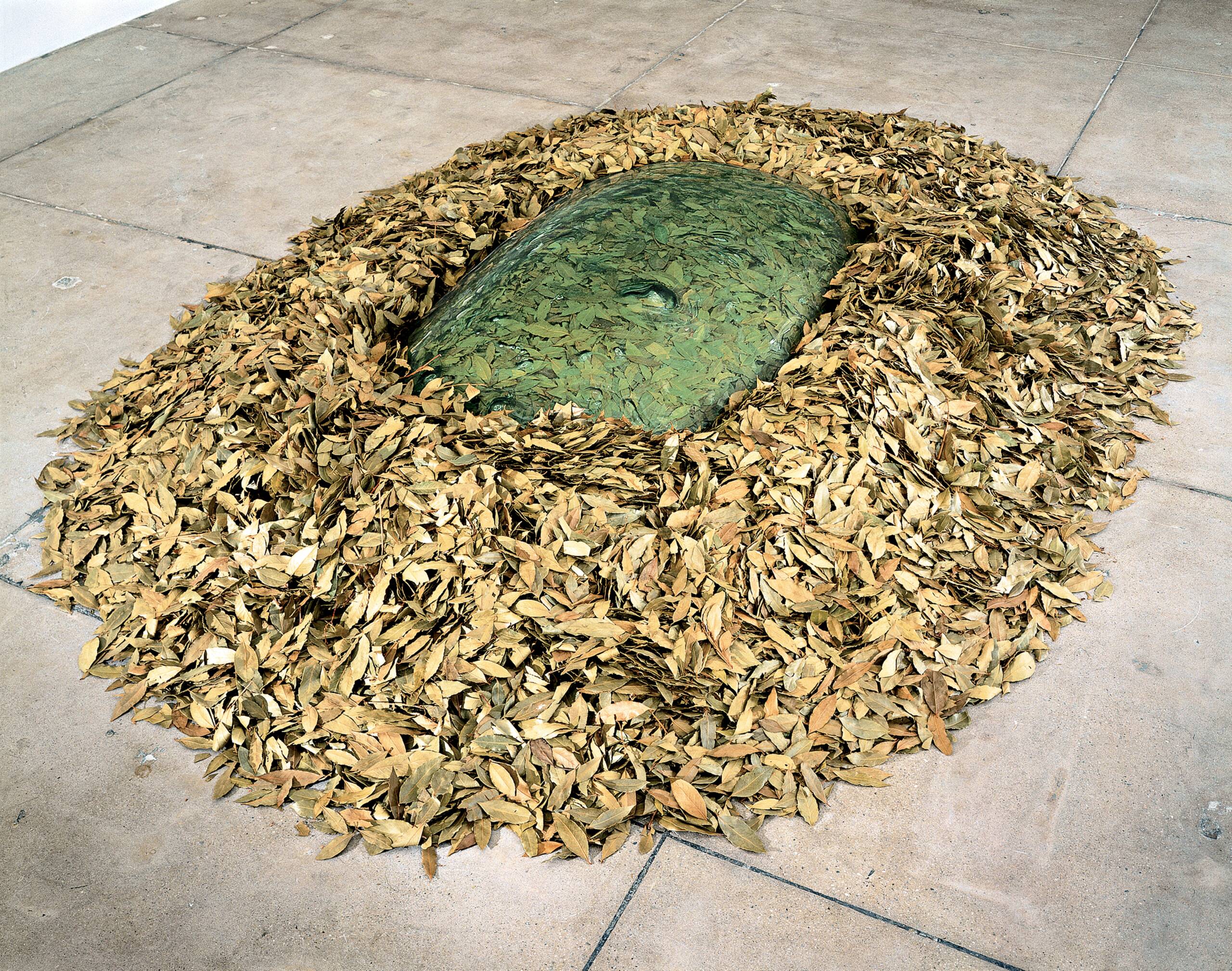

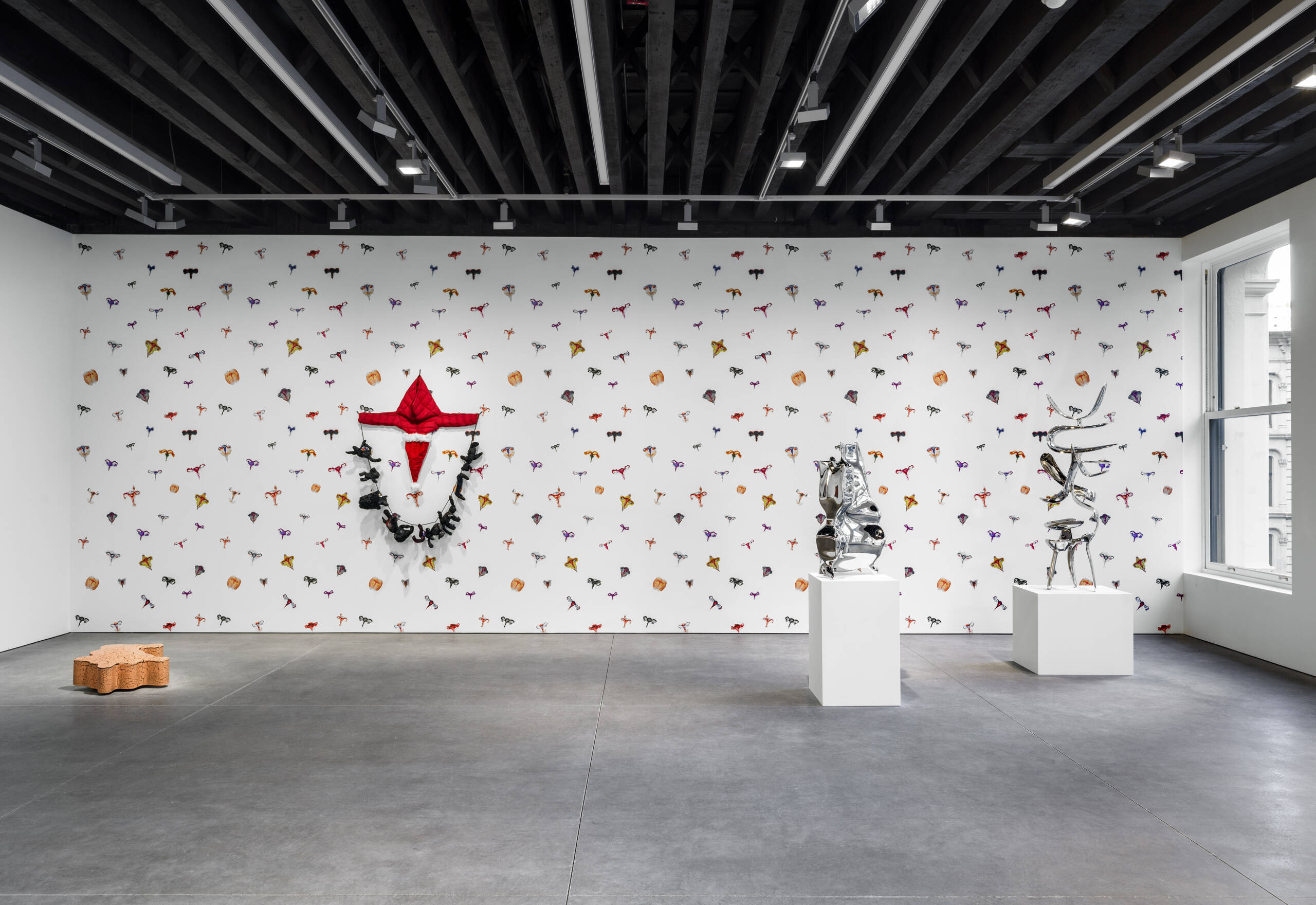
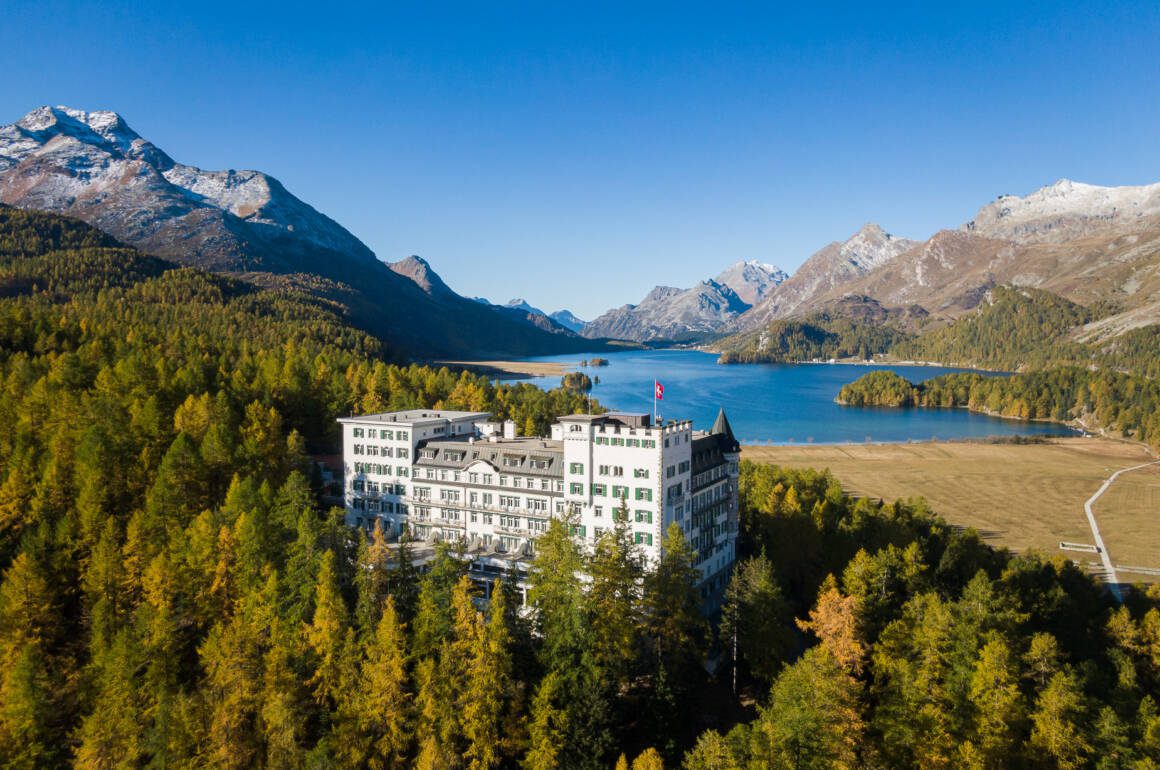

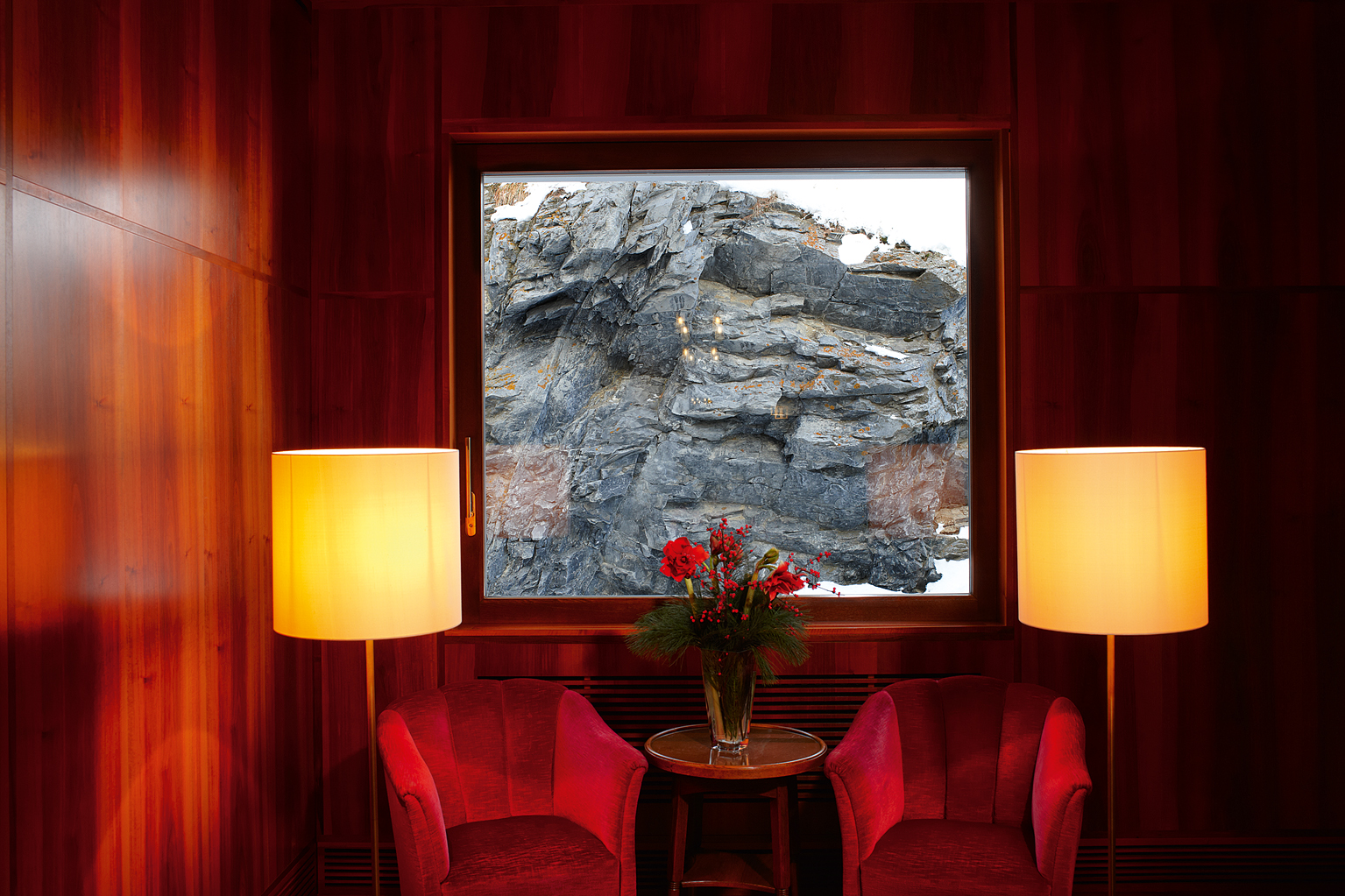
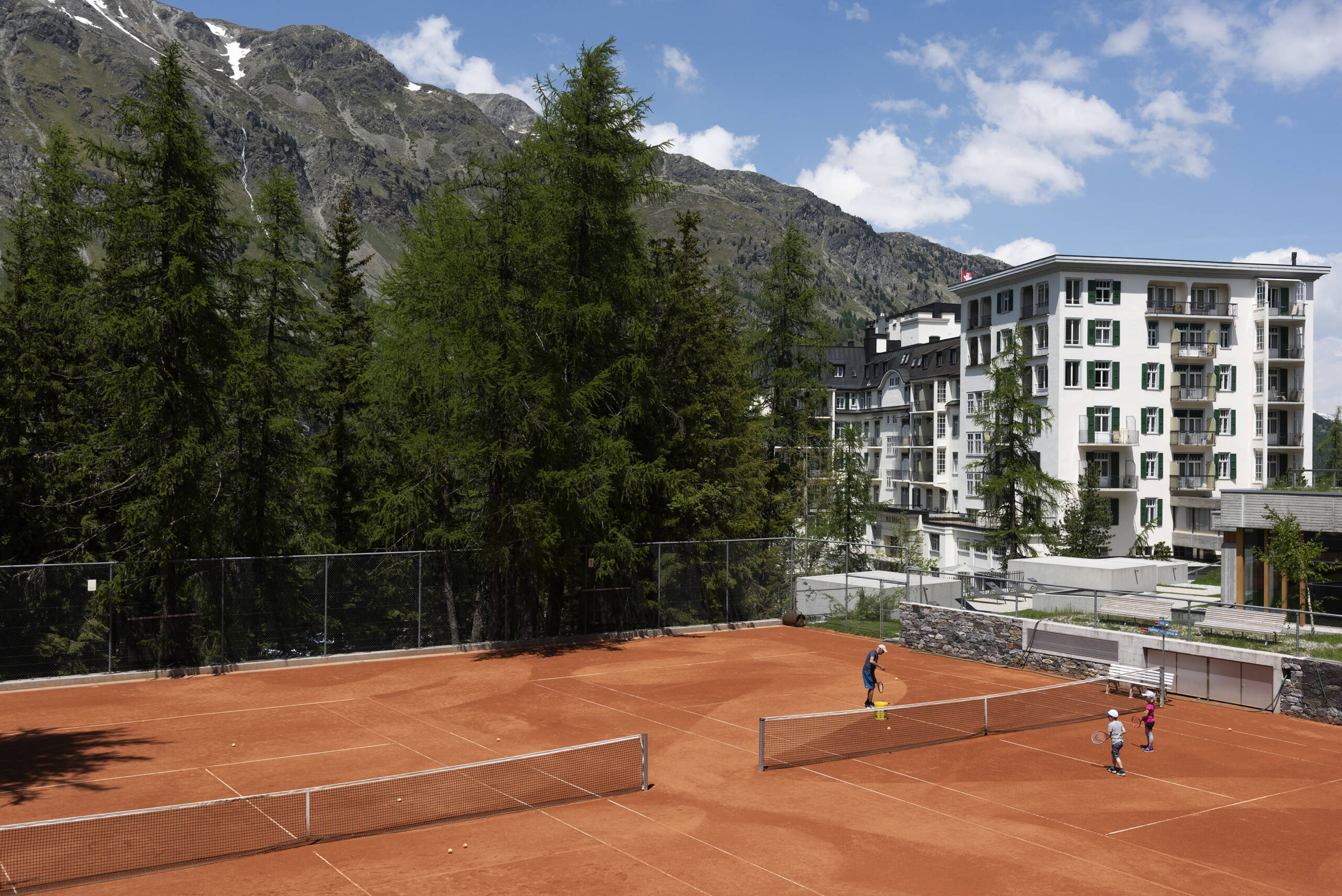
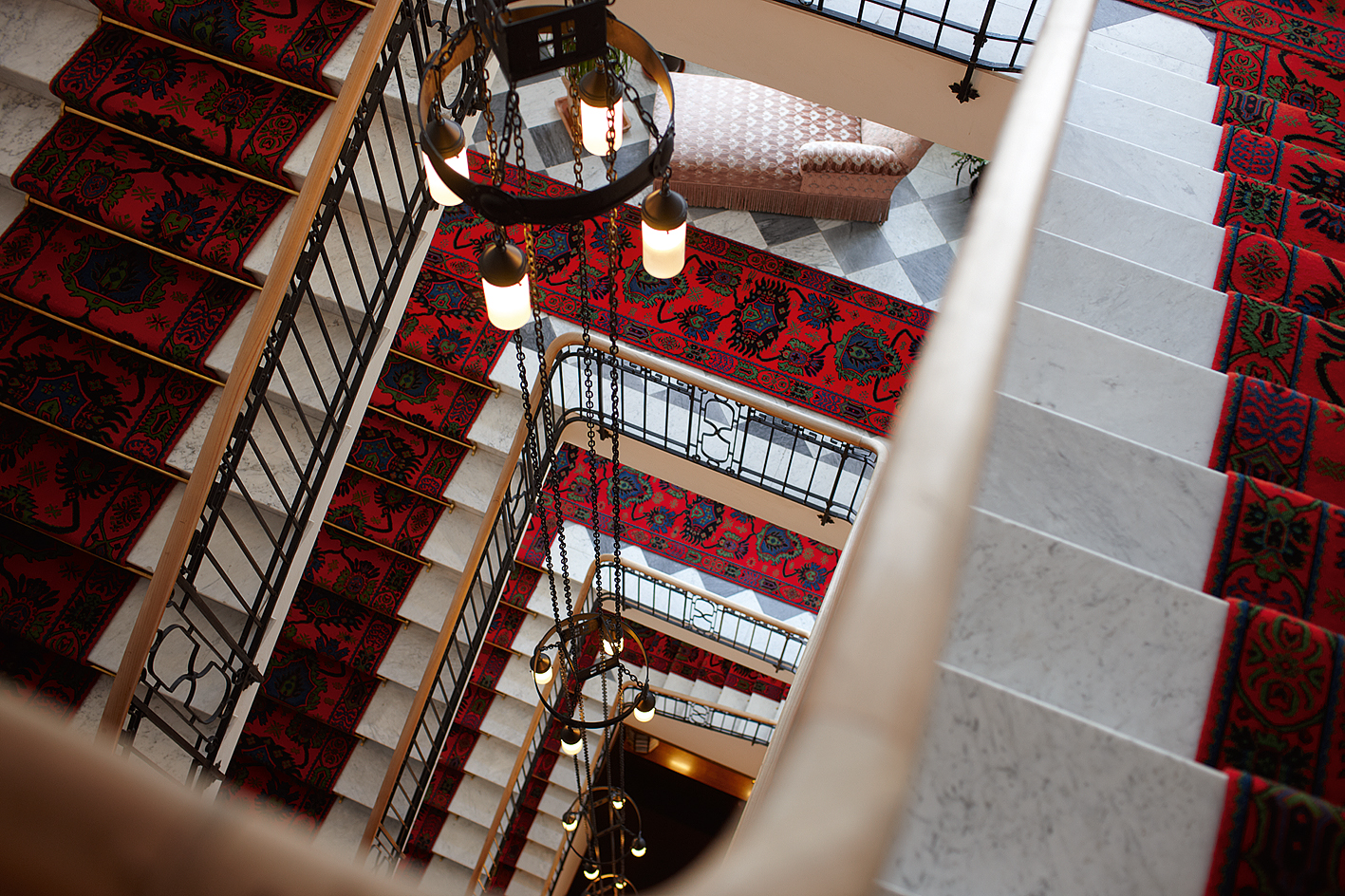
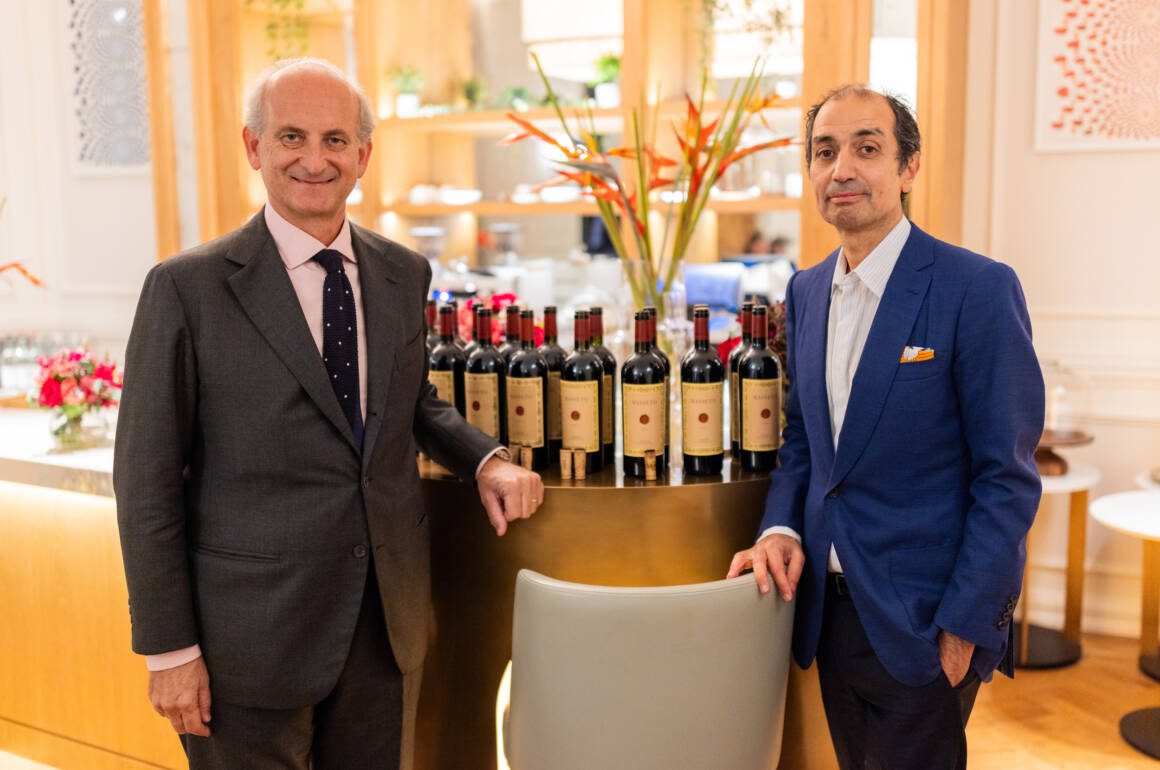

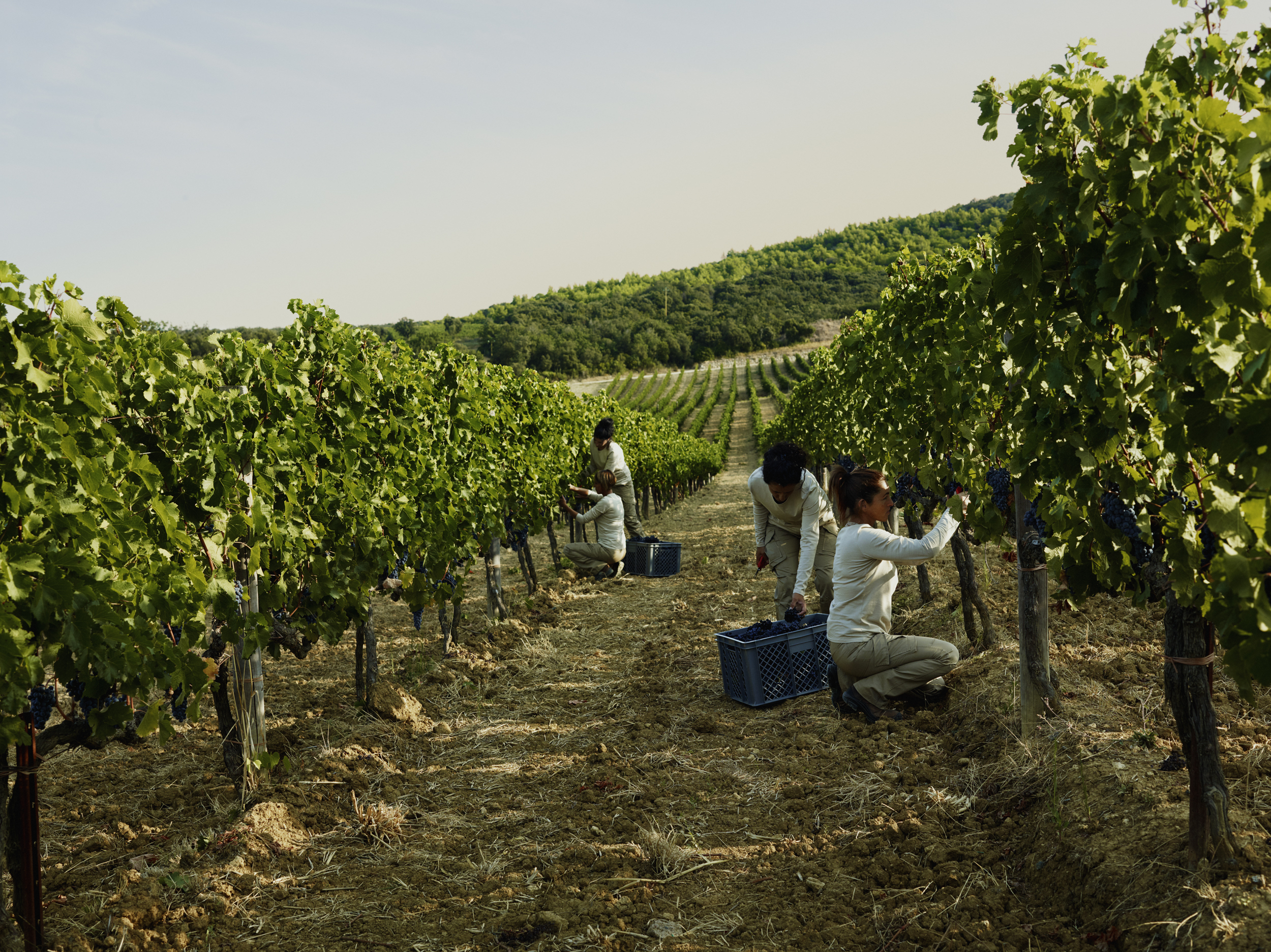
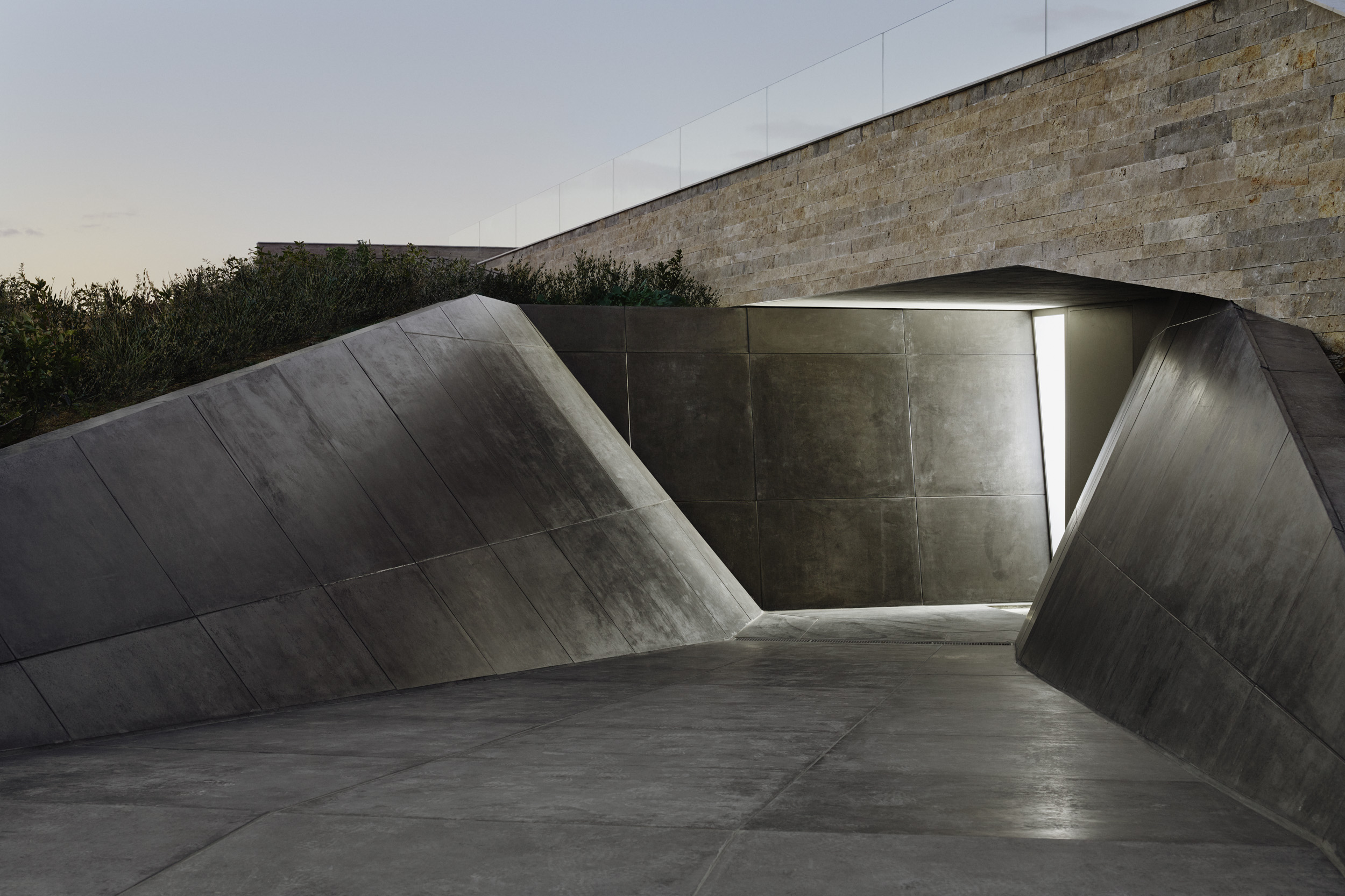

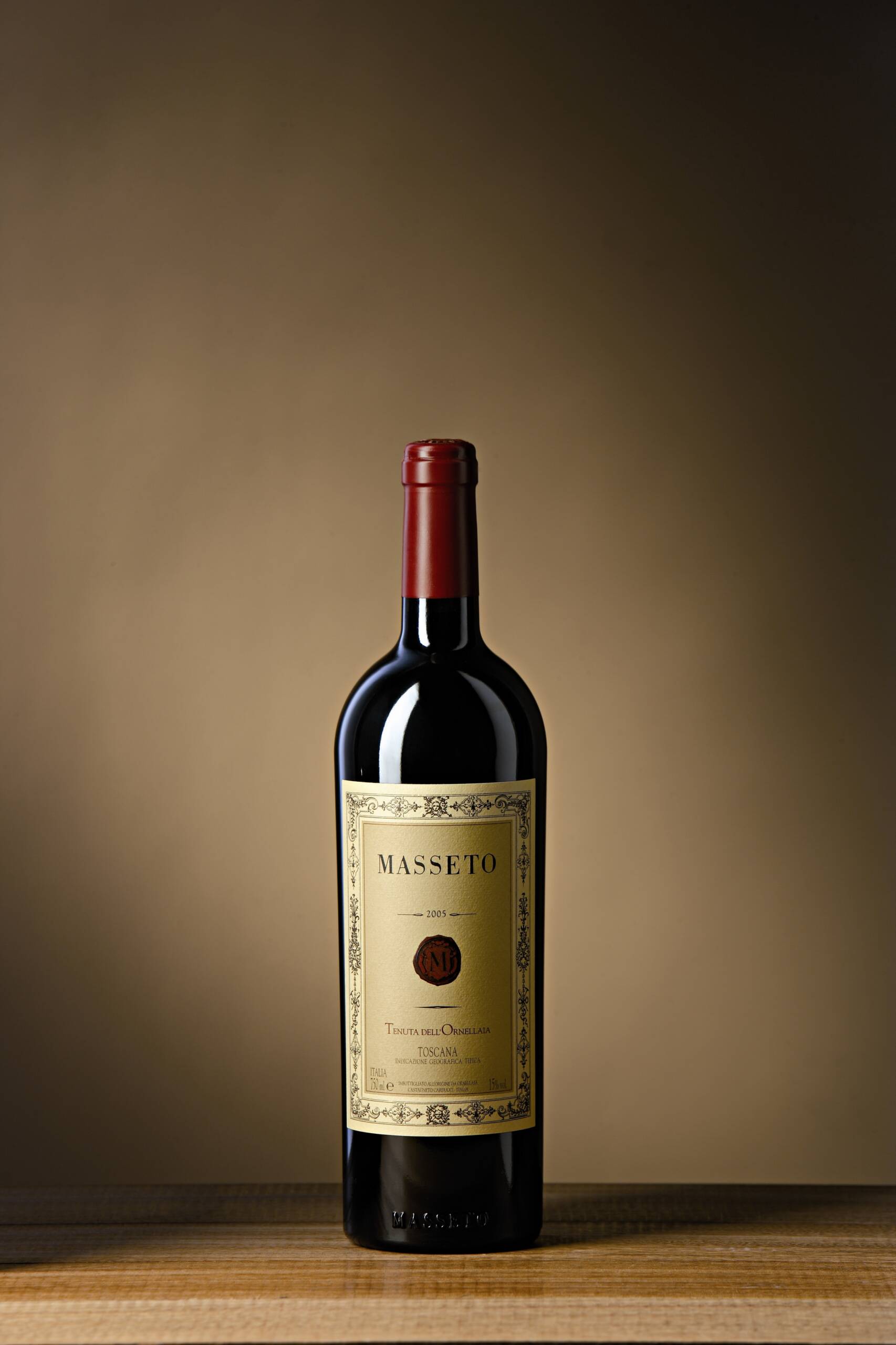
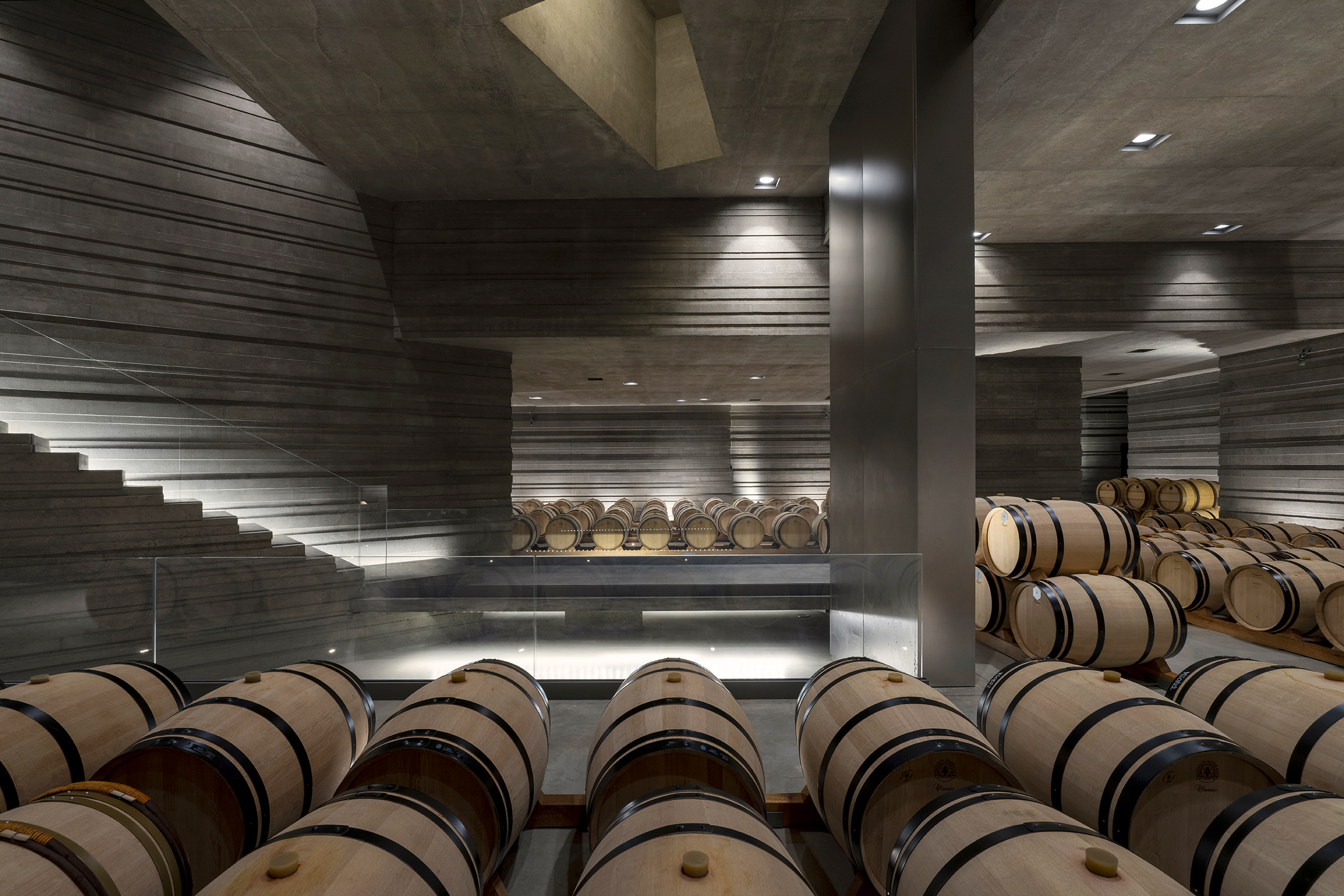
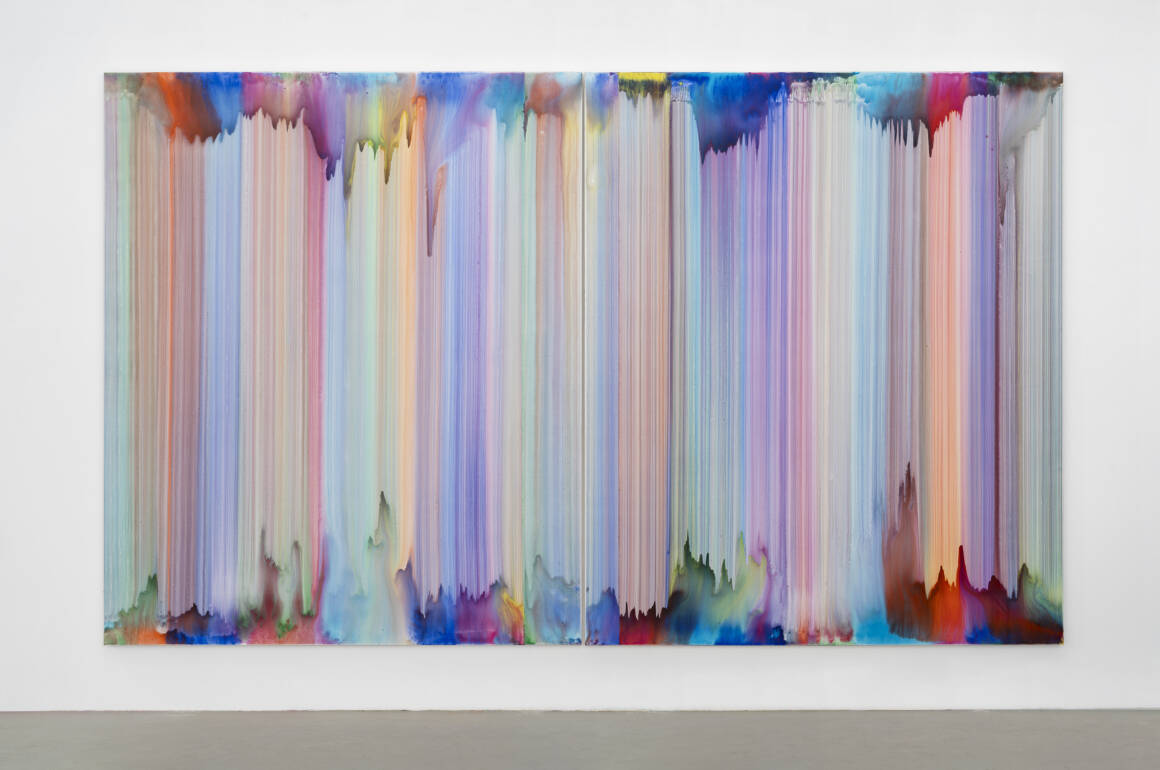
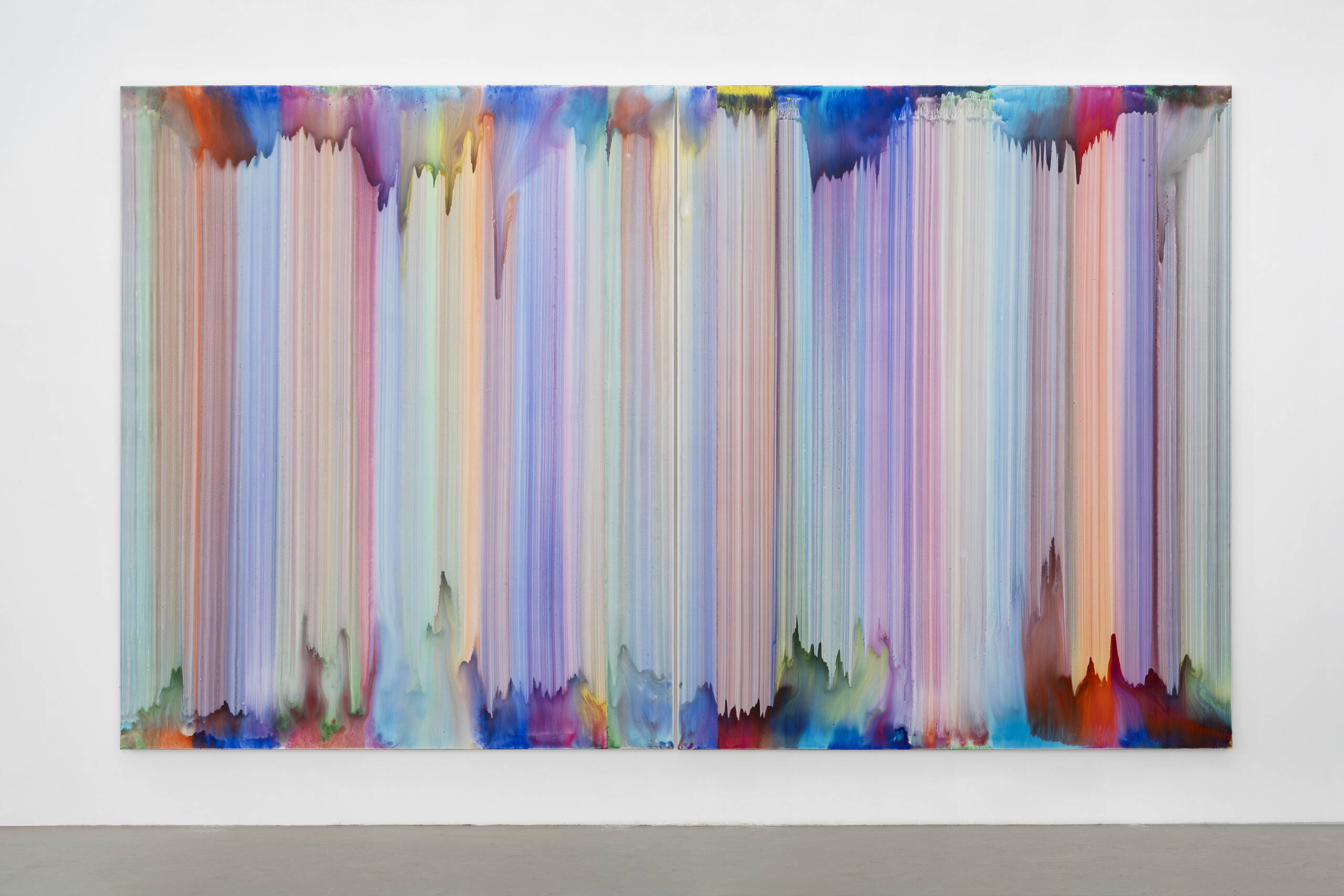
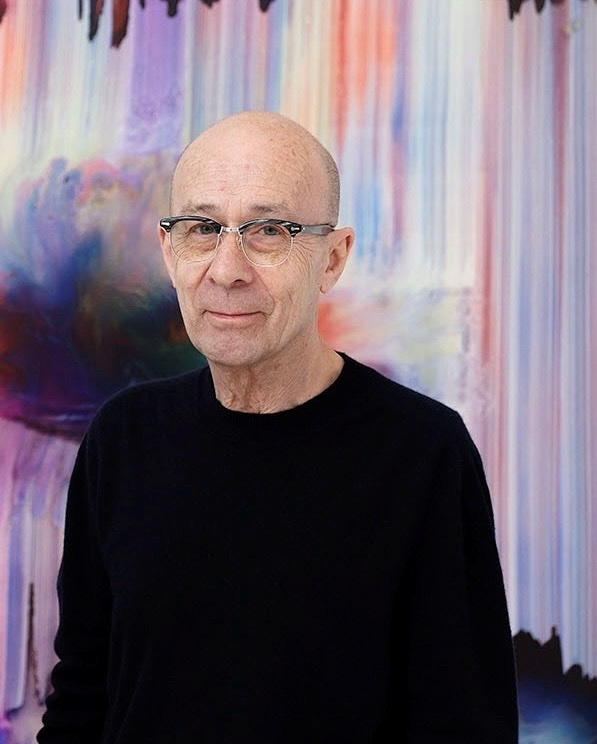
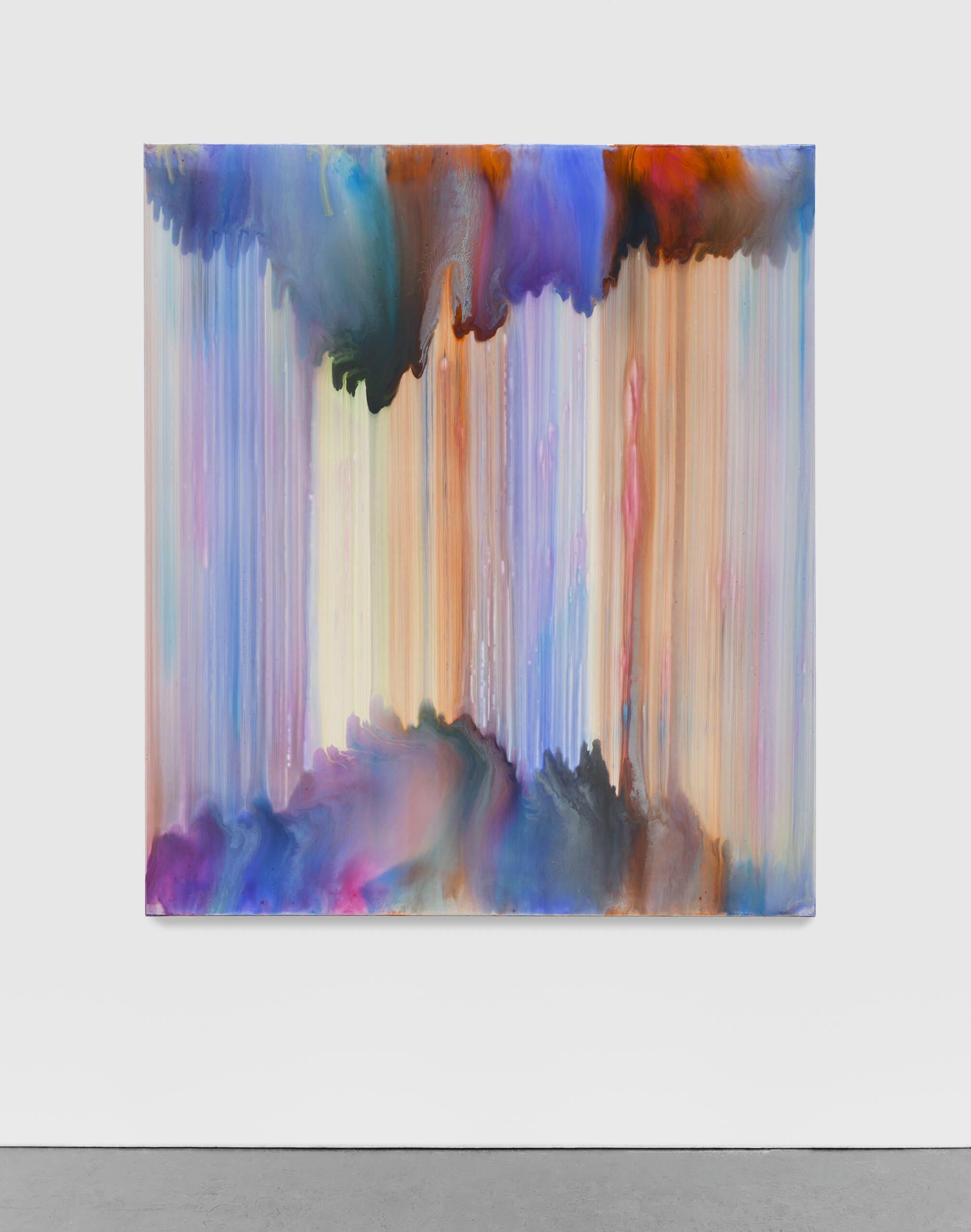

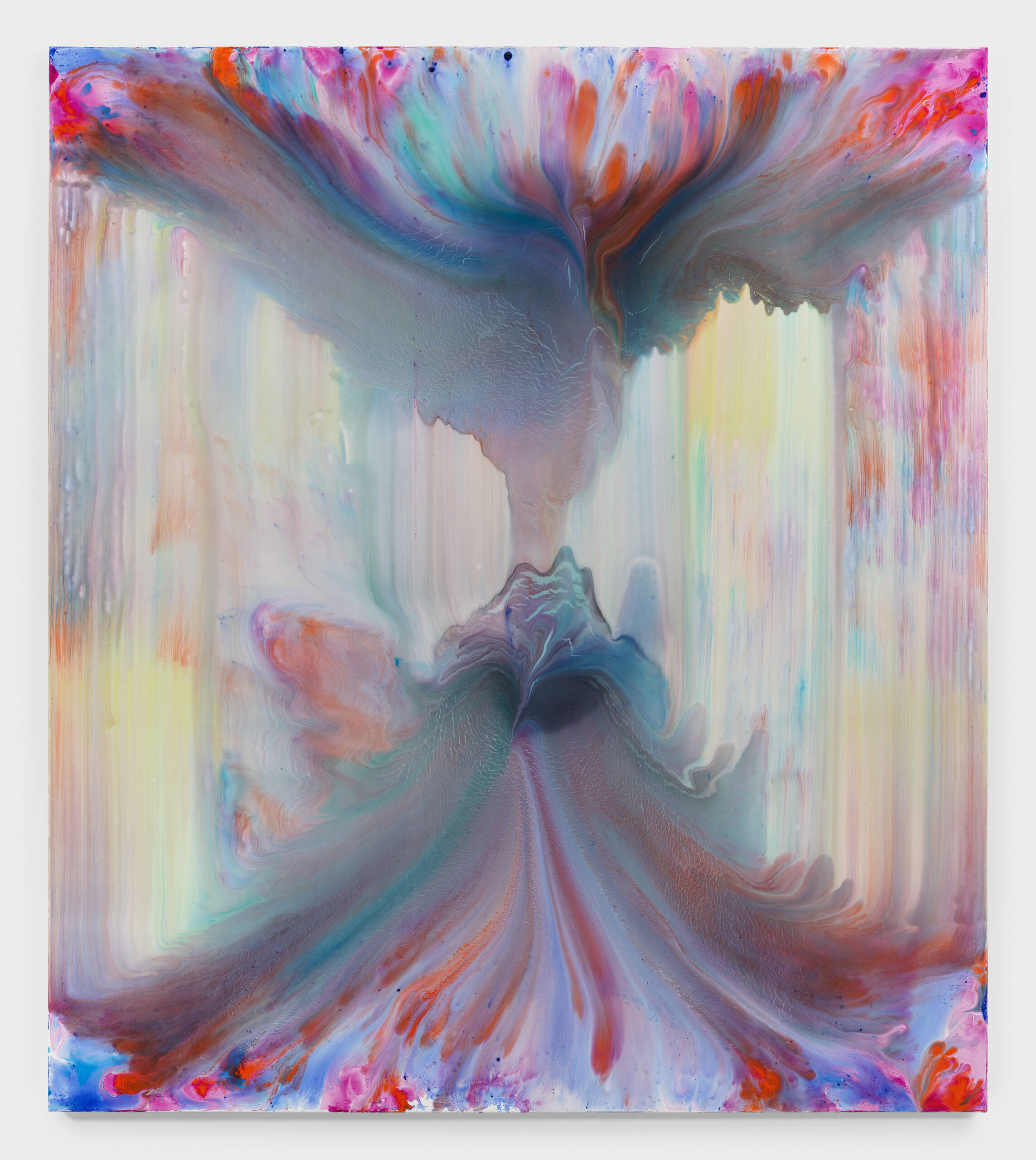
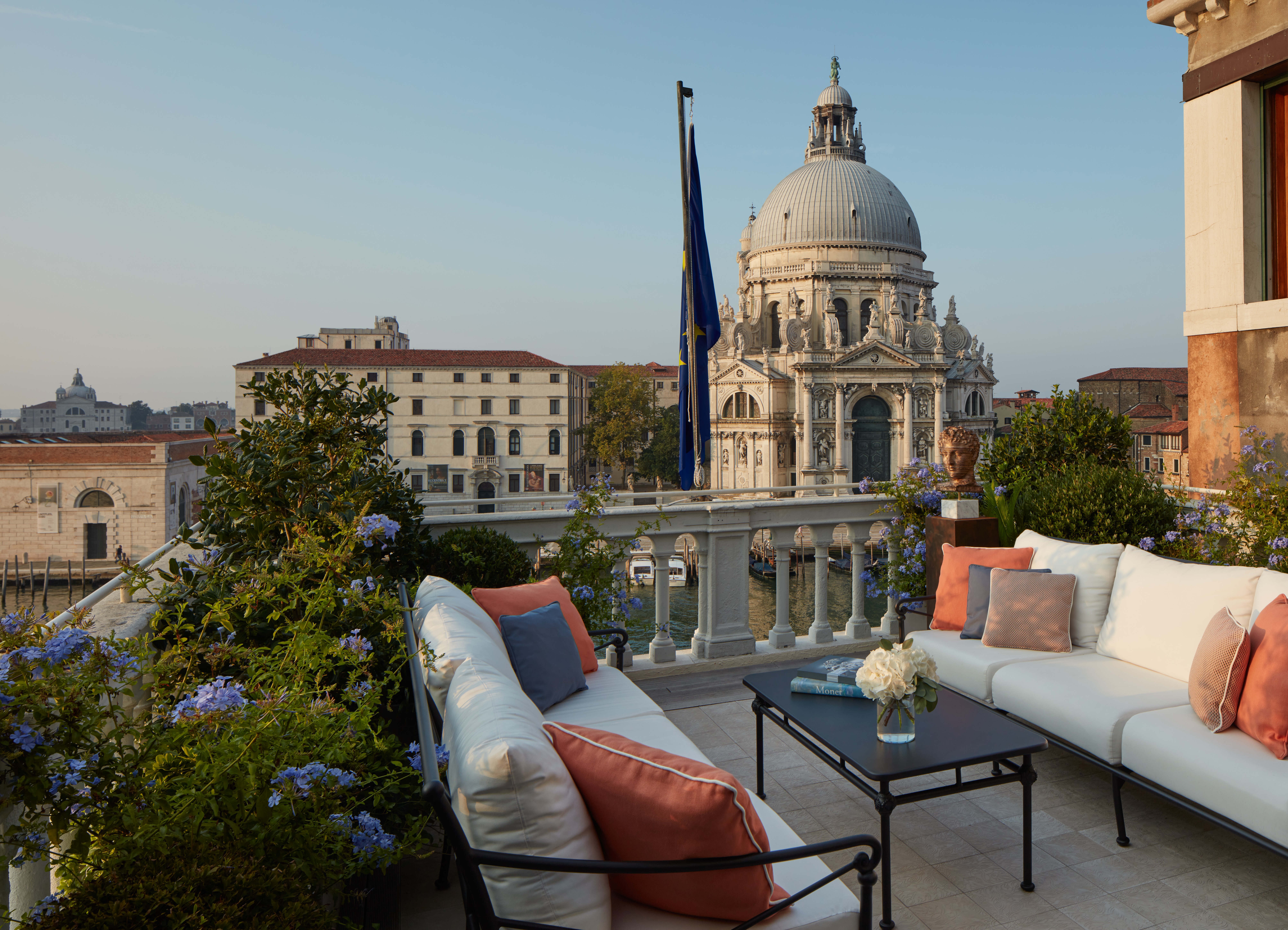
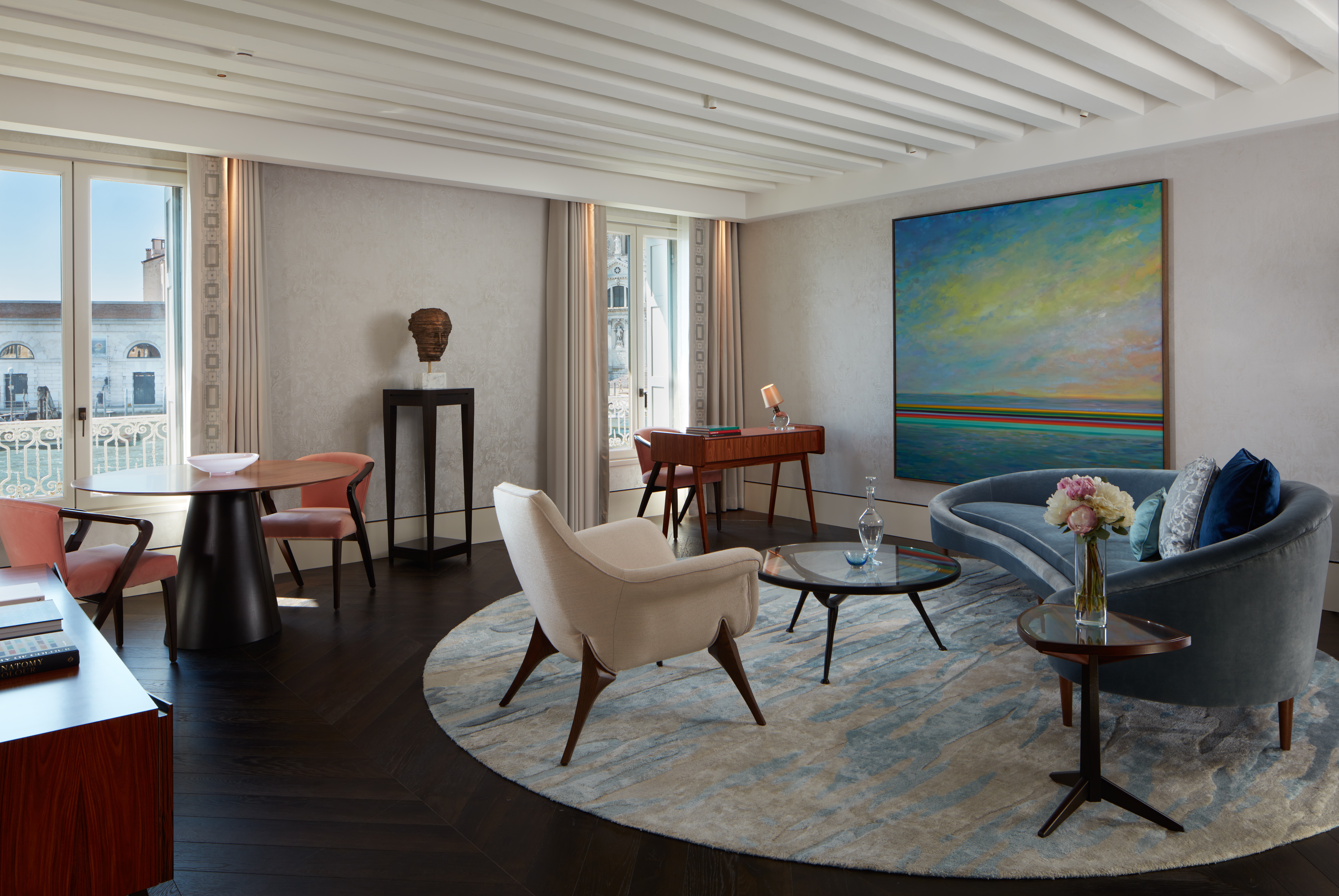
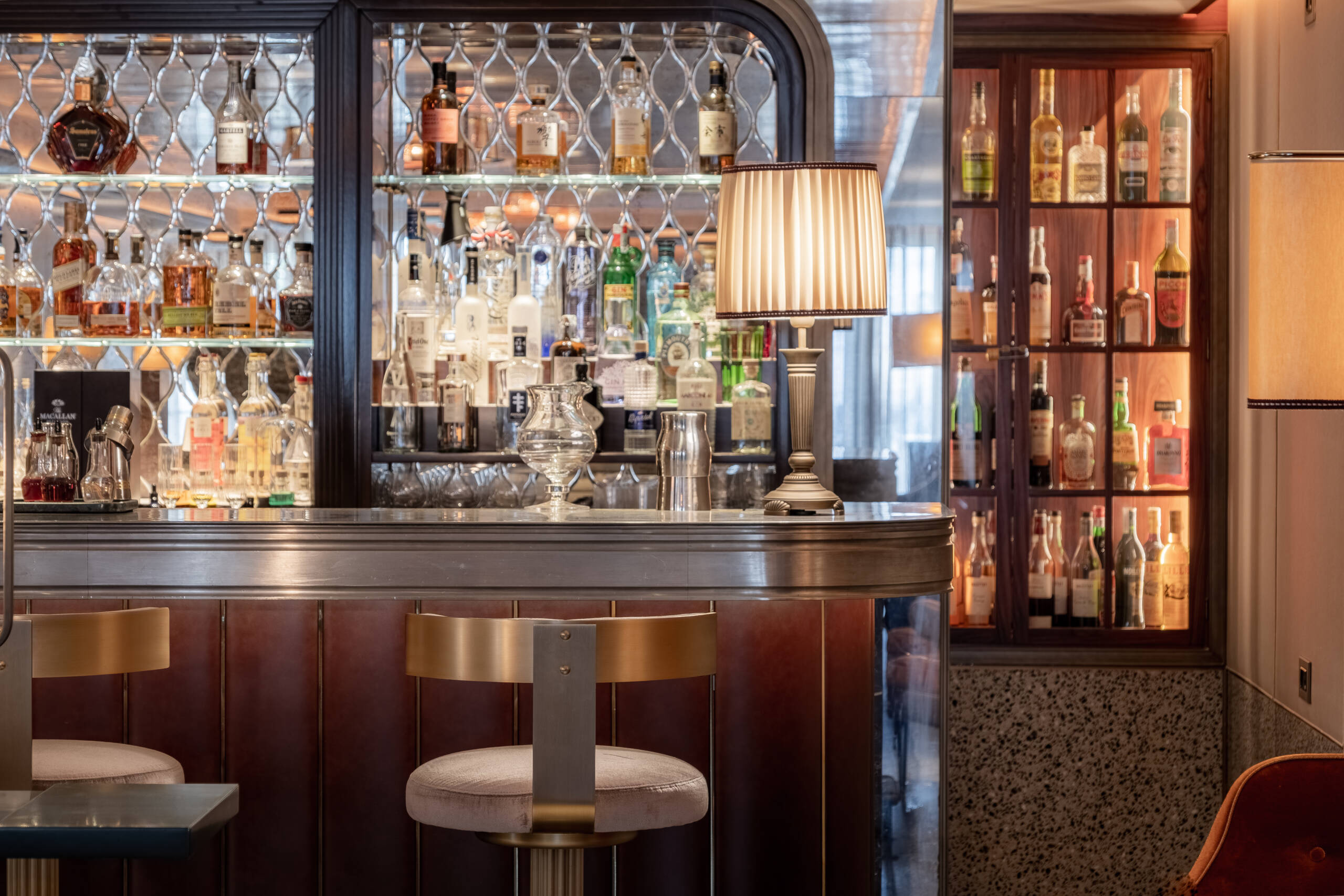
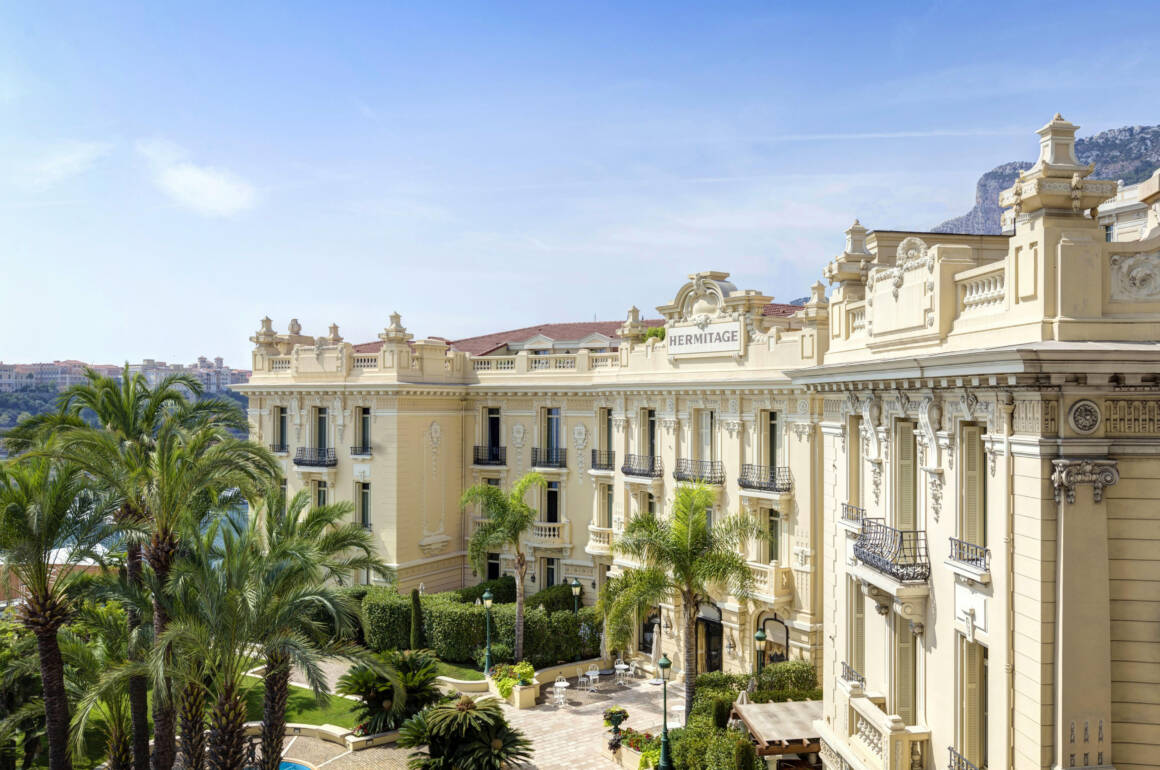

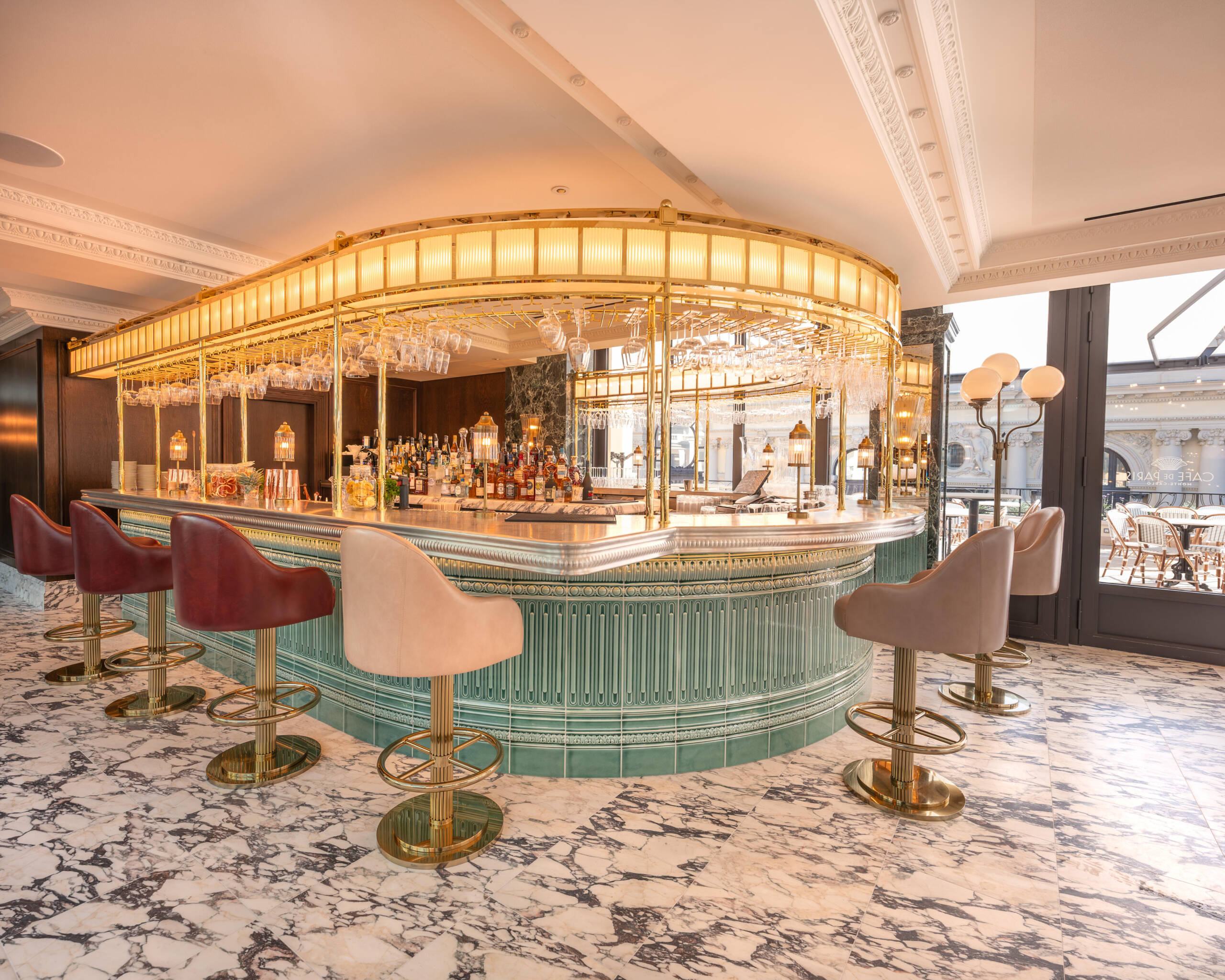

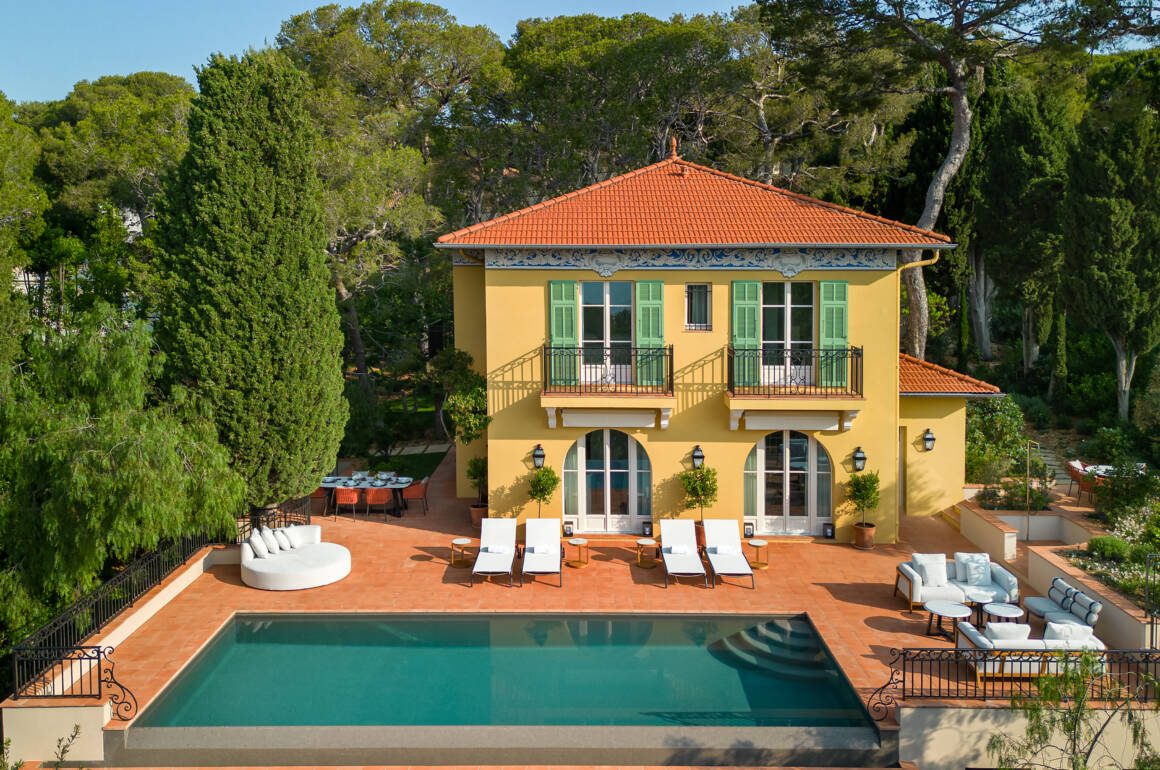

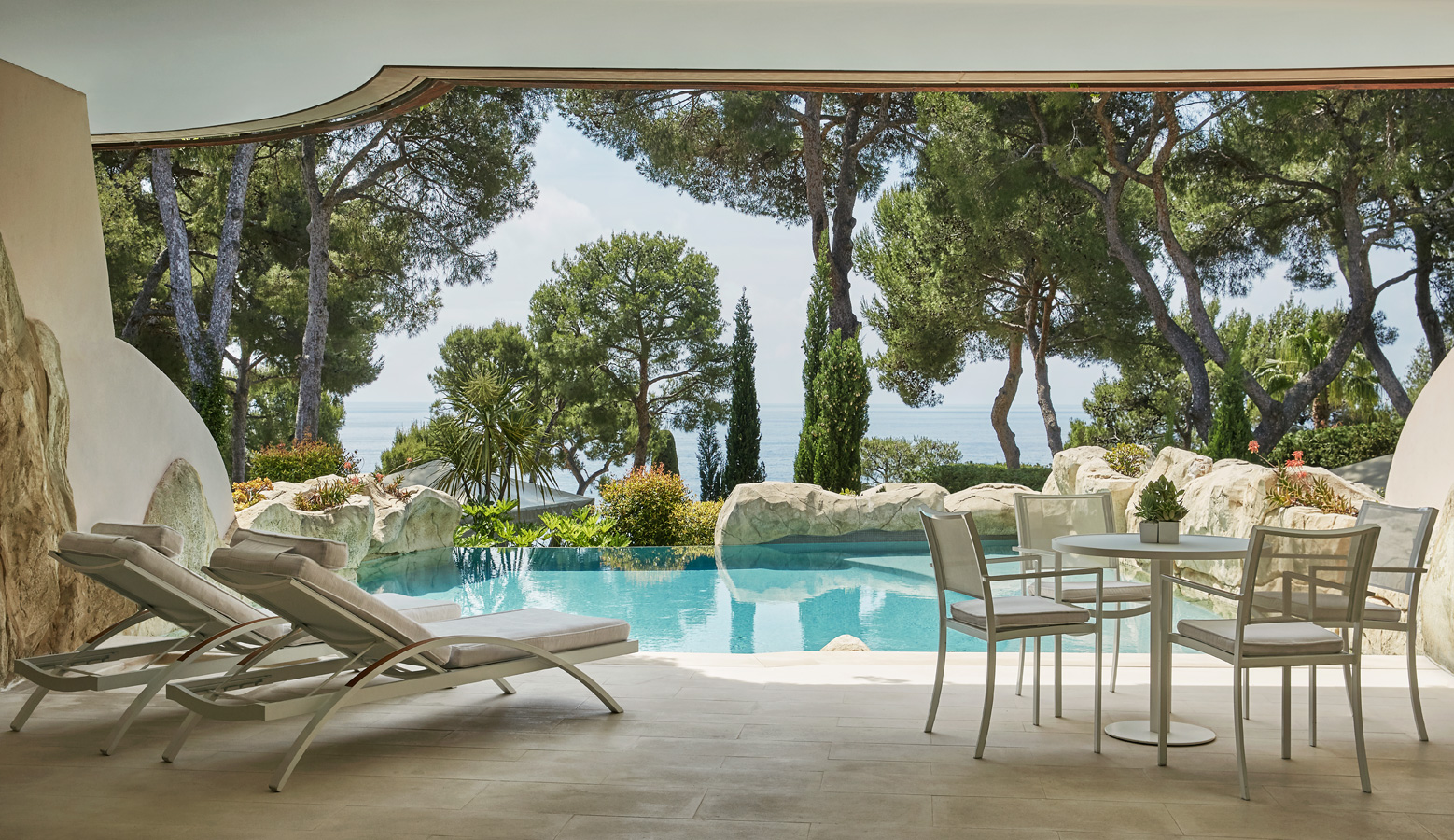






Recent Comments